Hu Gui’s Four Seasons Landscape Album (《四时山水图册》)
This Qing Dynasty masterpiece, painted by Hu Gui (胡桂, fl. 18th–19th century), a Suzhou-born court artist renowned for his poetic landscapes, comprises four albums (eight leaves each) depicting seasonal transitions through lyrical mountain-and-water scenes. Painted in ink and color on paper (approx. 31 × 31.8 cm per leaf), the set is housed in the National Palace Museum, Taipei.
Seasonal Narratives
- Spring: Verdant Terraces (春臺積翠)
- Scenes: Strolling with a Staff on Plum Ridge (梅嶺曳杖), Emerald Peaks by the Lake (平湖翠嶺), Lofty Pavilion in Mountain Streams (溪山高閣), Leisurely Fishing at Reed Bank (蘆岸釣艇).
- Mood: Captures rejuvenation with delicate washes of green and vignettes of scholars communing with nature.
- Summer: Bridges in Misty Mountains (夏山溪橋)
- Scenes: Boating on Calm Waters (平湖放艇), Lotus Pond Beneath Cloud-Capped Peaks (雲山荷塘), Fishing at Reed Marshes (蘆汀捕魚).
- Technique: Uses layered ink textures to evoke humidity and the drama of impending storms (Summer Rain Approaching 夏雨欲來).
- Autumn: Clear Skies Over Serene Valleys (秋宇澄空)
- Scenes: Guests Arriving at a Mountain Retreat (野居客至), Reading in a Paulownia Courtyard (桐院坐讀), Playing the Qin by a Spring (撫琴聽泉).
- Symbolism: Golden ochre tones mirror harvest abundance, while empty pavilions suggest transience.
- Winter: Tranquil Cliffs (冬巖貞靜)
- Scenes: Solitary Boat by a Frosted Pavilion (孤舟虛亭), Geese Flying Over Withered Woods (枯林飛雁), Plum Blossoms by Misty Stream (雲溪梅香).
- Aesthetic: Minimalist ink washes and strategic blank spaces embody Zen-like stillness.
Artist & Provenance
- Hu Gui: A former court musician (伶官) turned painter, Hu was summoned by Emperor Qianlong for his landscapes reminiscent of Yun Shouping (恽寿平). His works for the imperial household, including fan paintings gifted to nobles, blend literati refinement with documentary precision.
- Colophons: Bears Hu’s inscription “臣胡桂敬繪” (Respectfully painted by Your Servant Hu Gui) and the Xuantong yulan zhi bao (宣統御覽之寶) seal, tracing its journey from Qing palaces to modern Taipei.
Legacy: A bridge between courtly grandeur and scholarly introspection, this album epitomizes the 18th-century revival of Four Seasons themes, influencing later artists like Dai Xi.

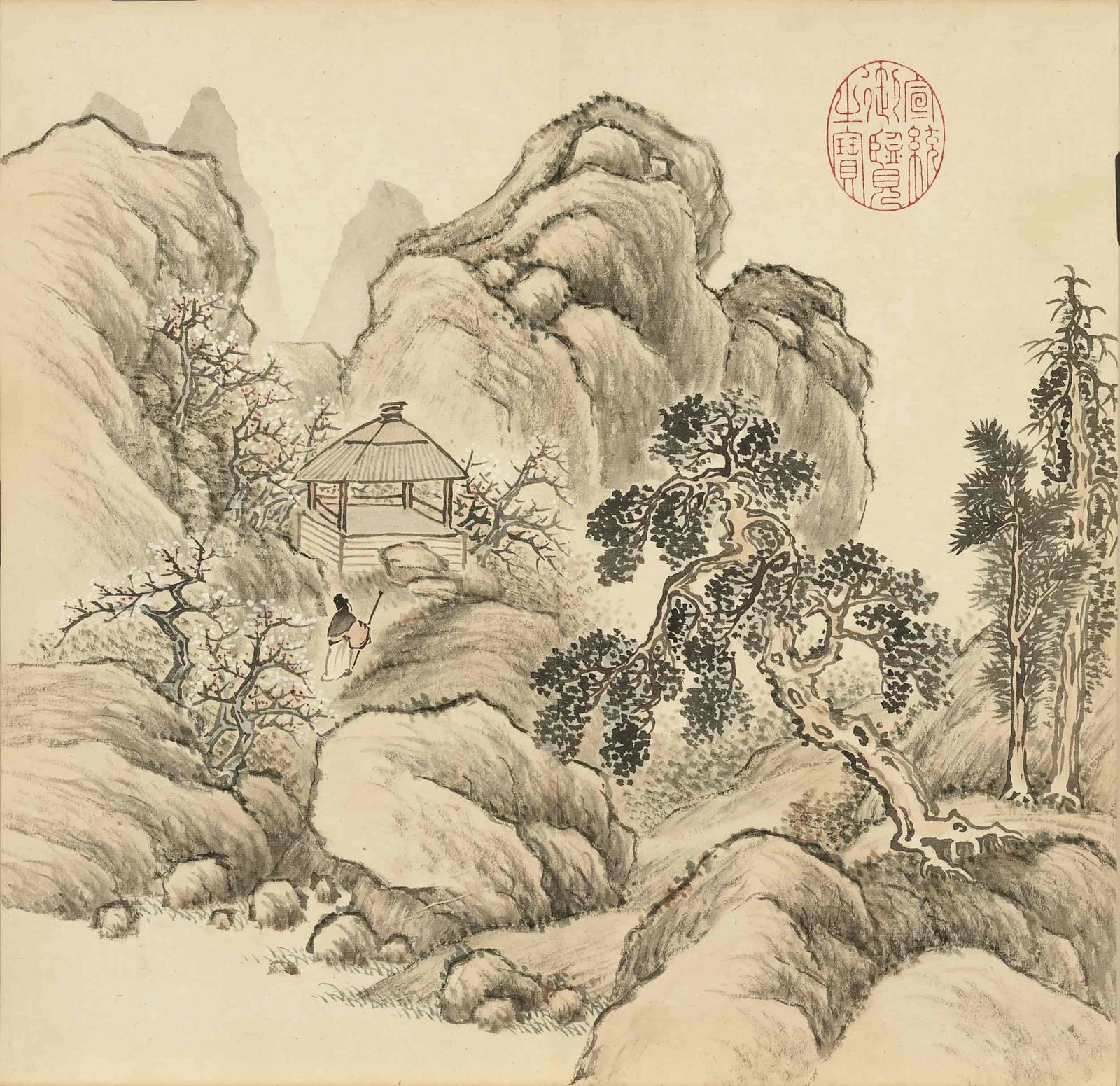
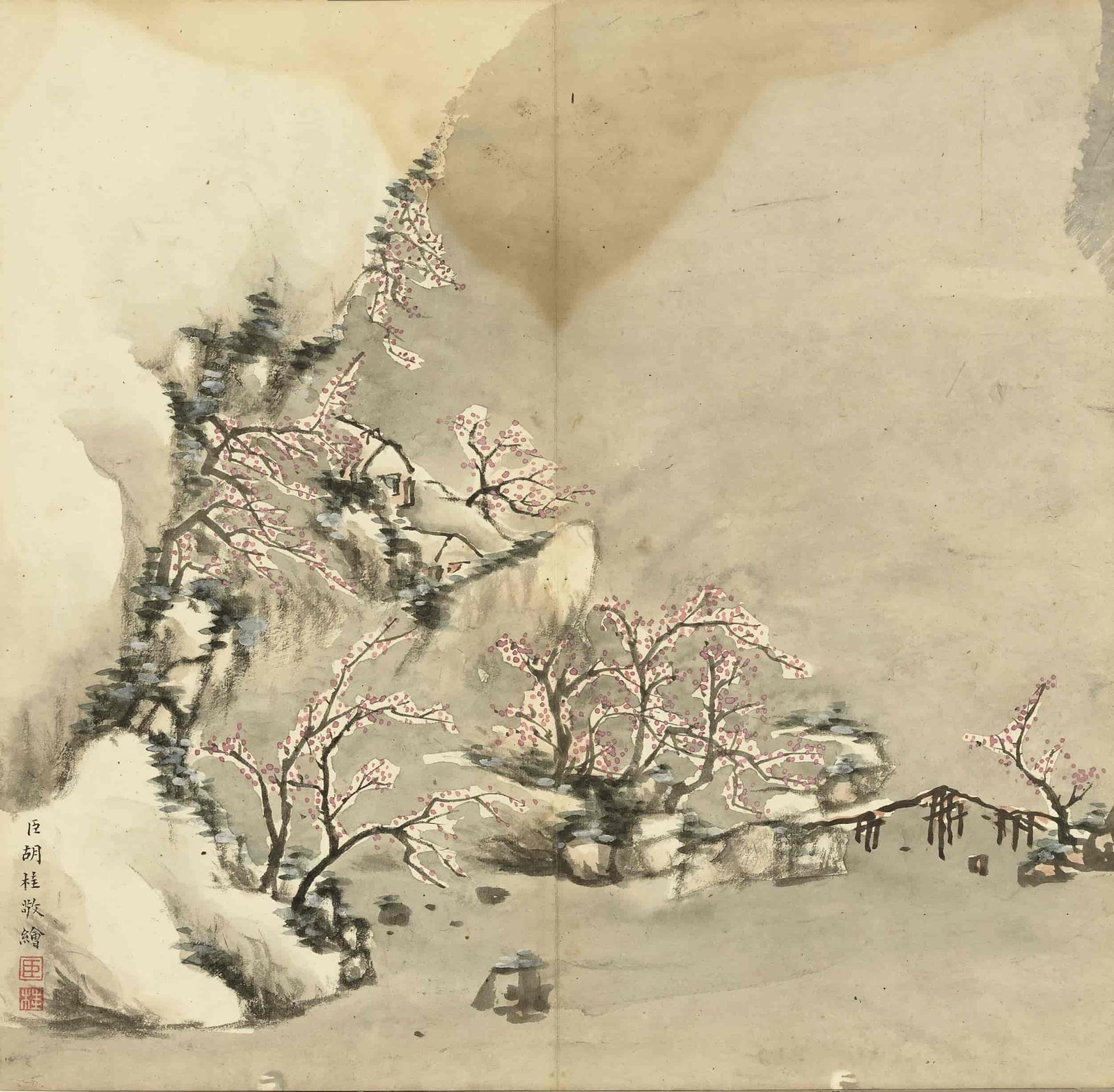
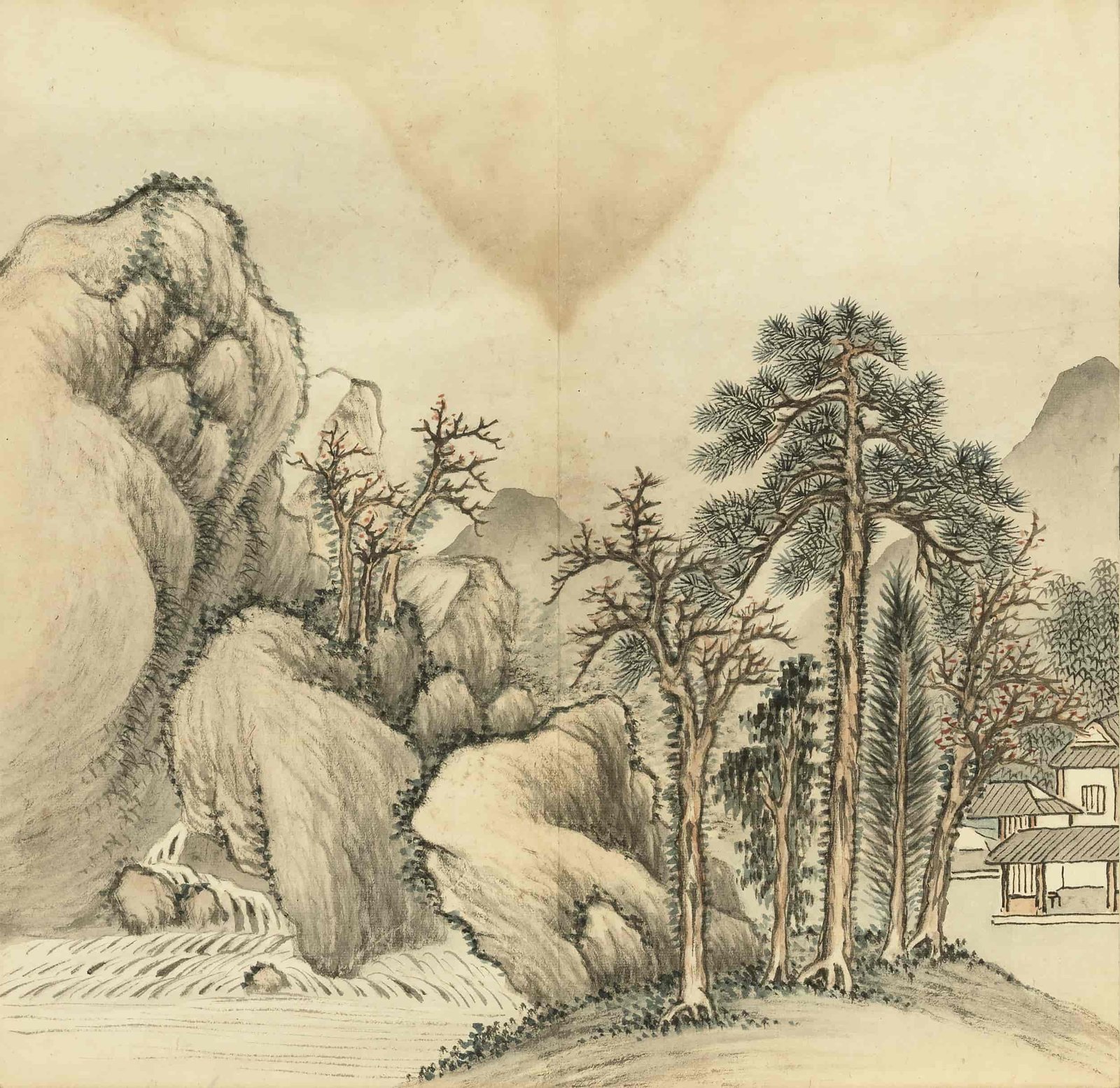
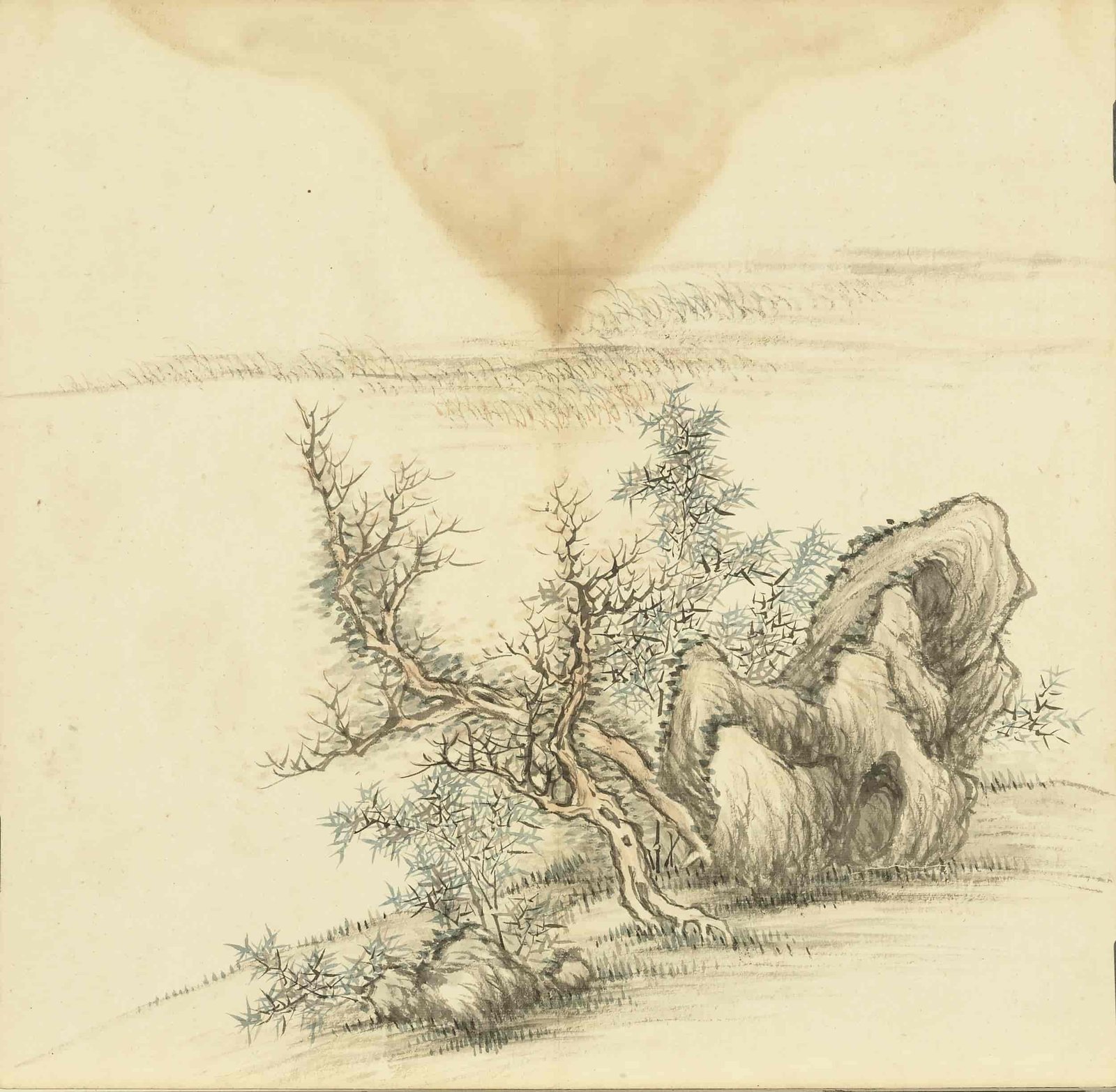
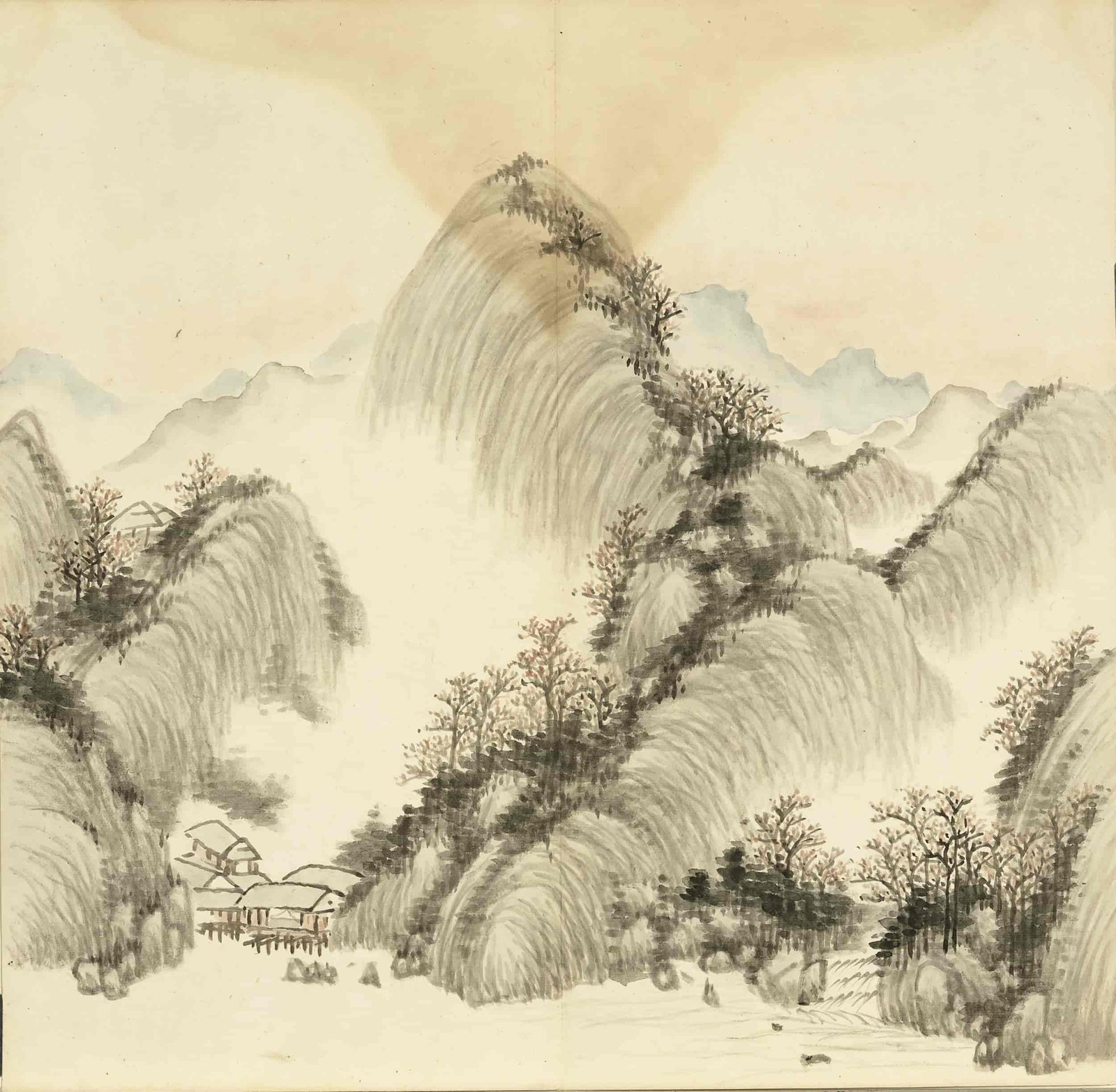
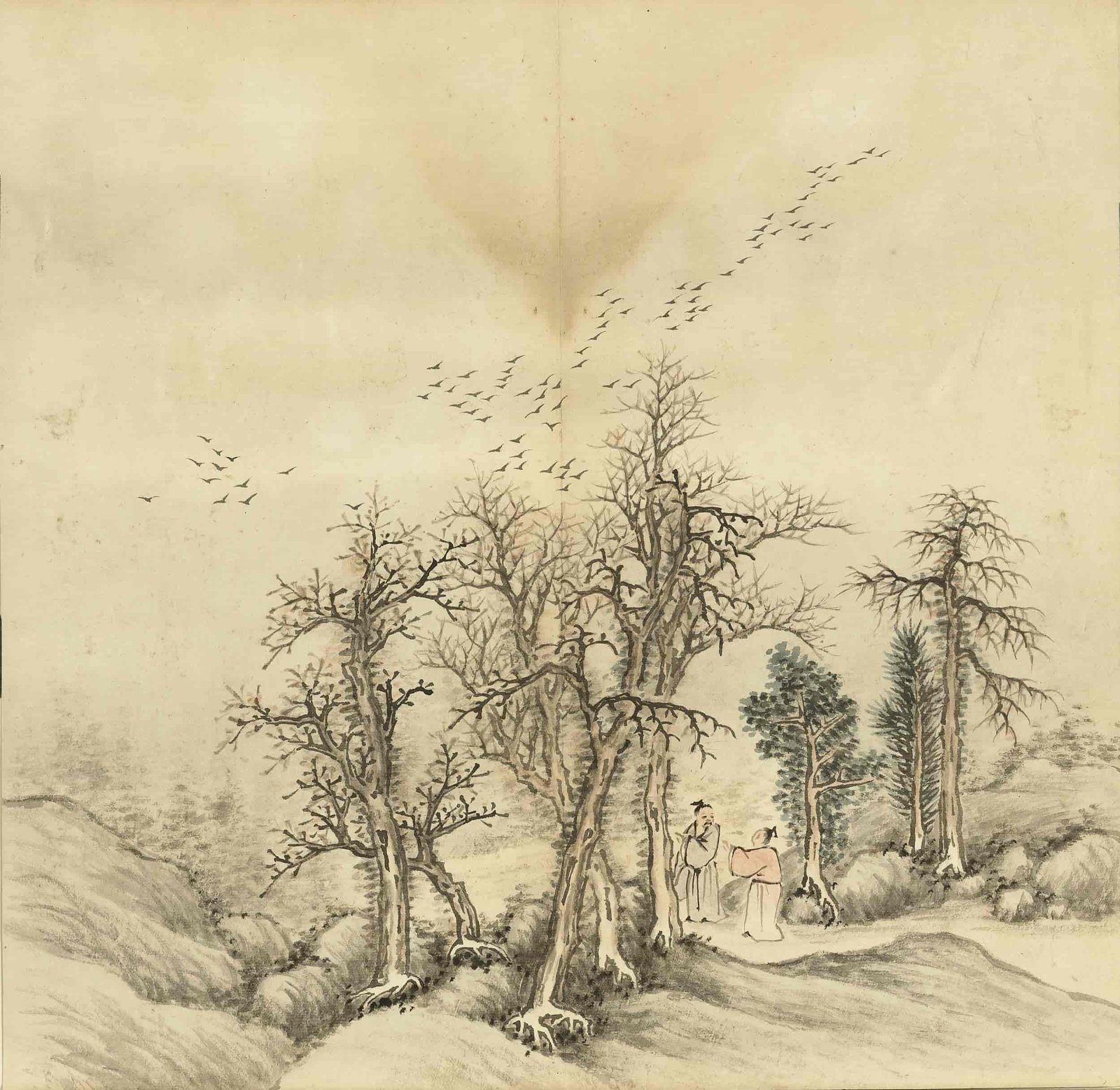
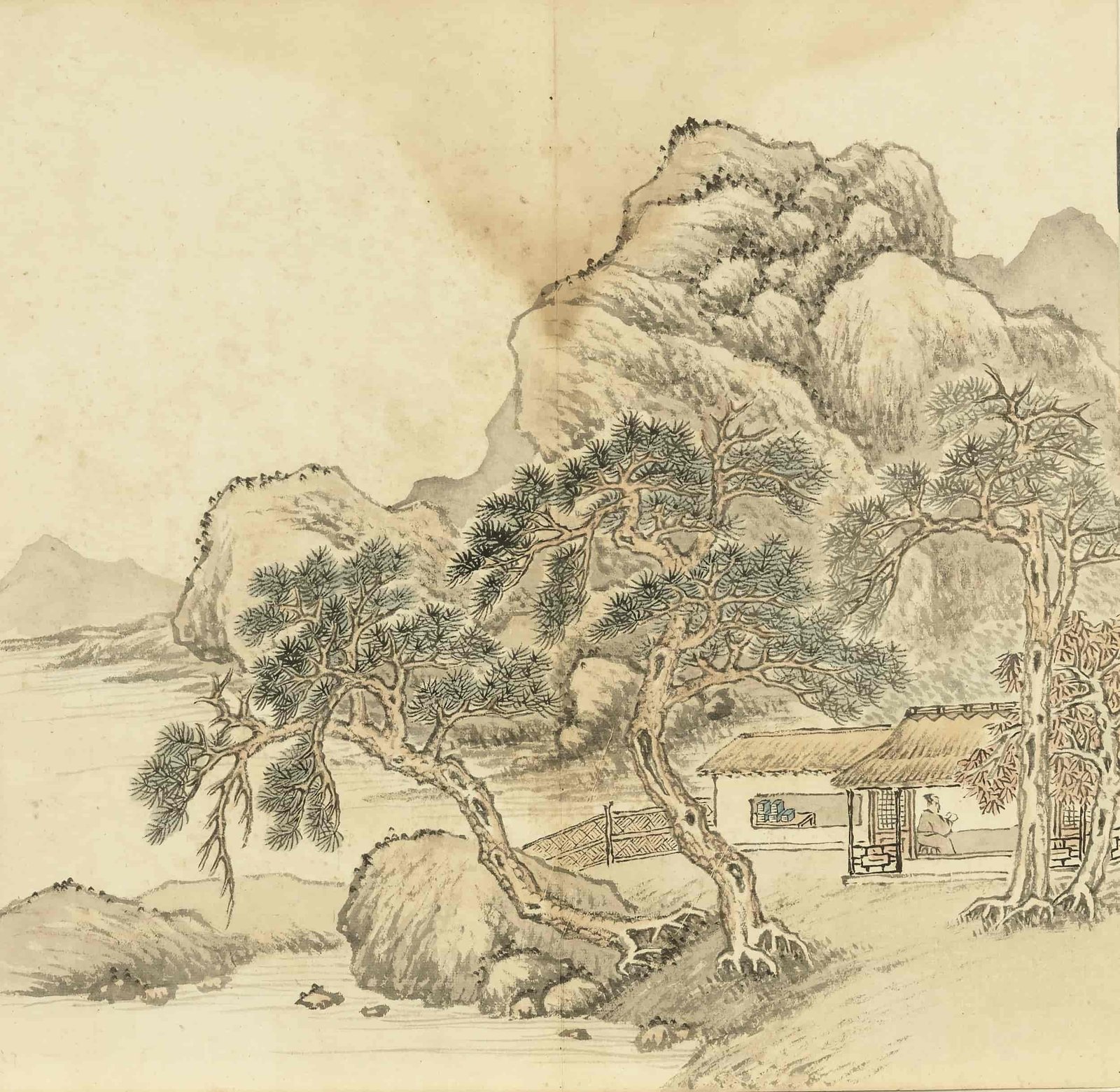
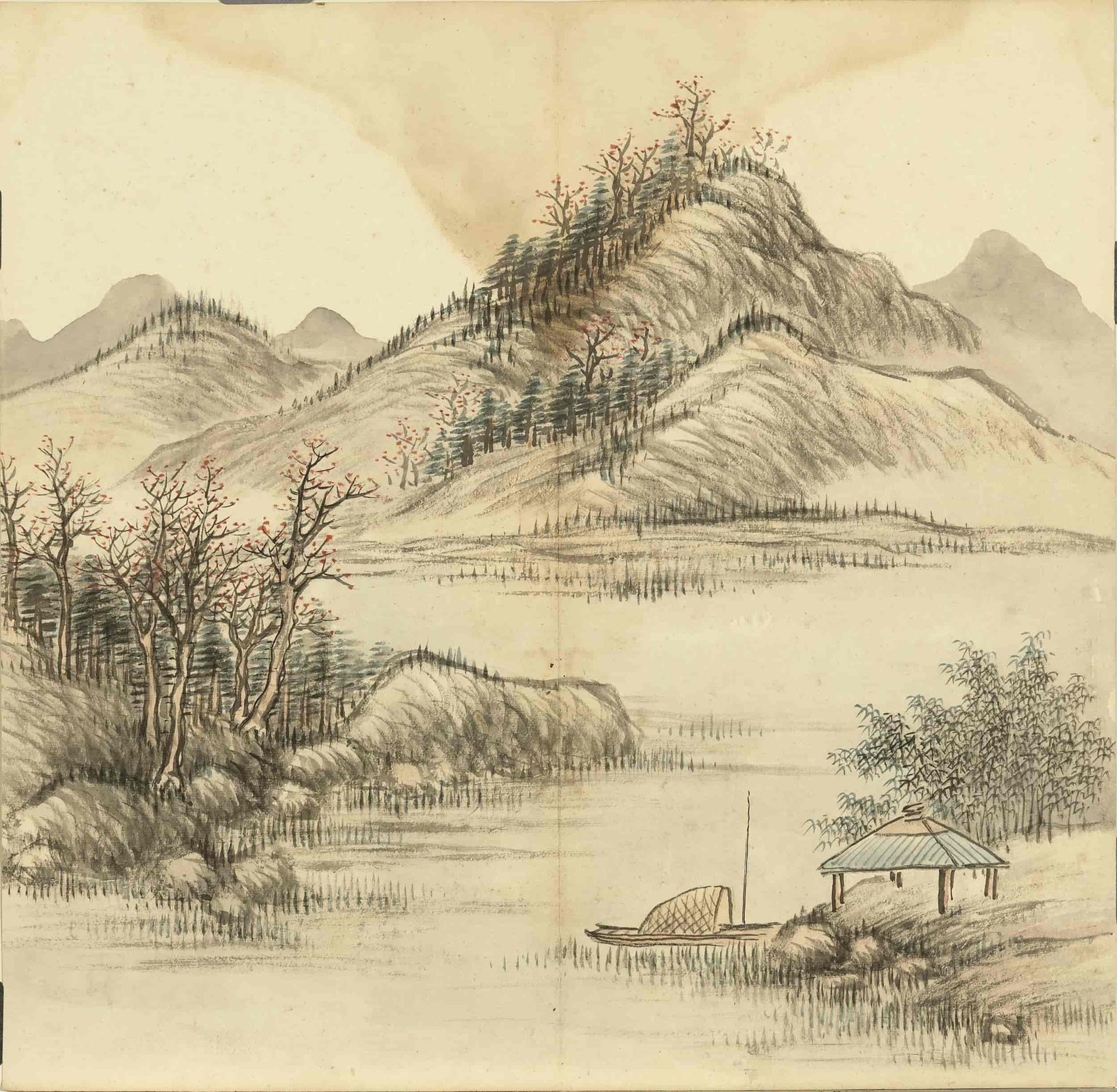
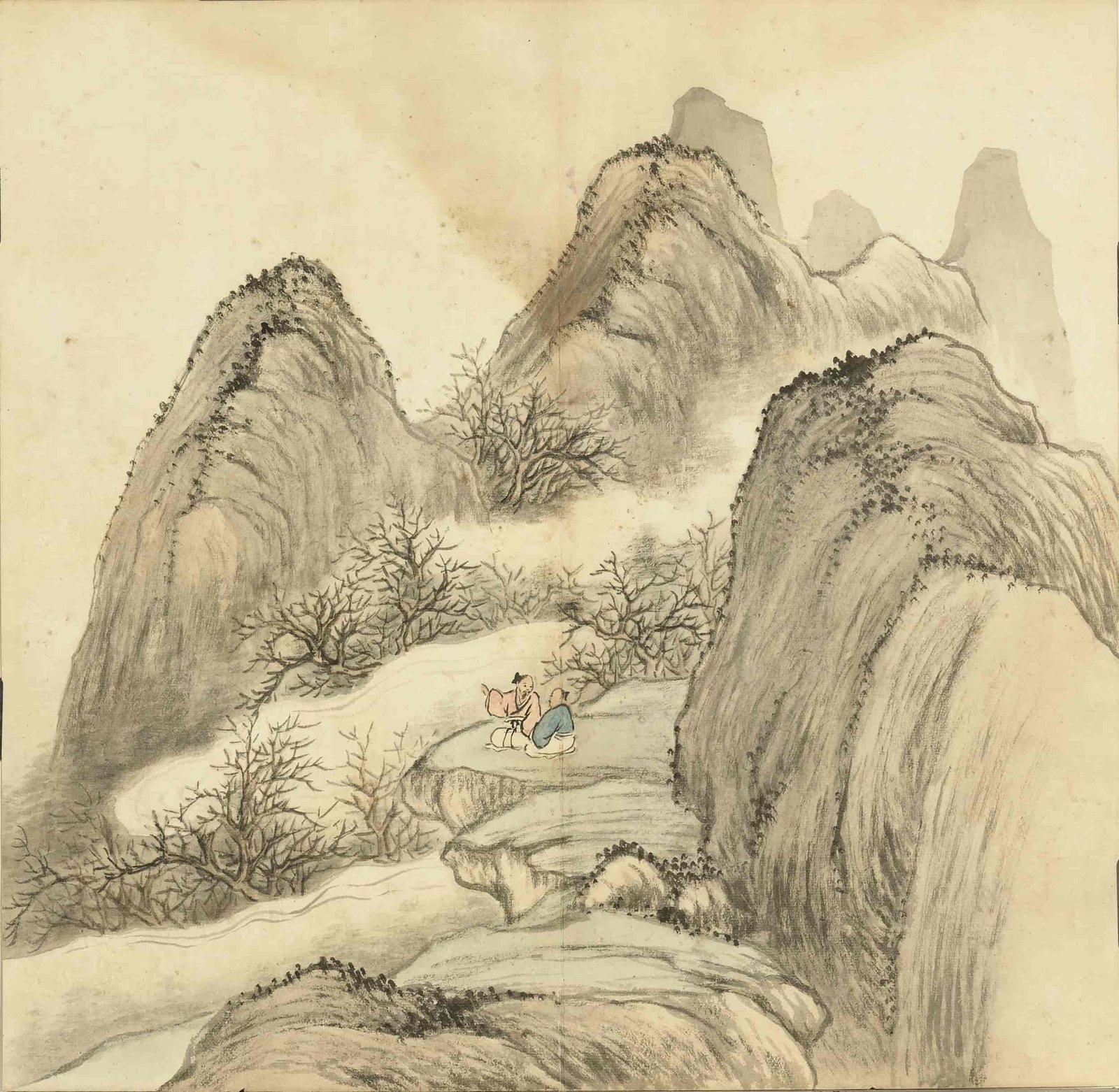
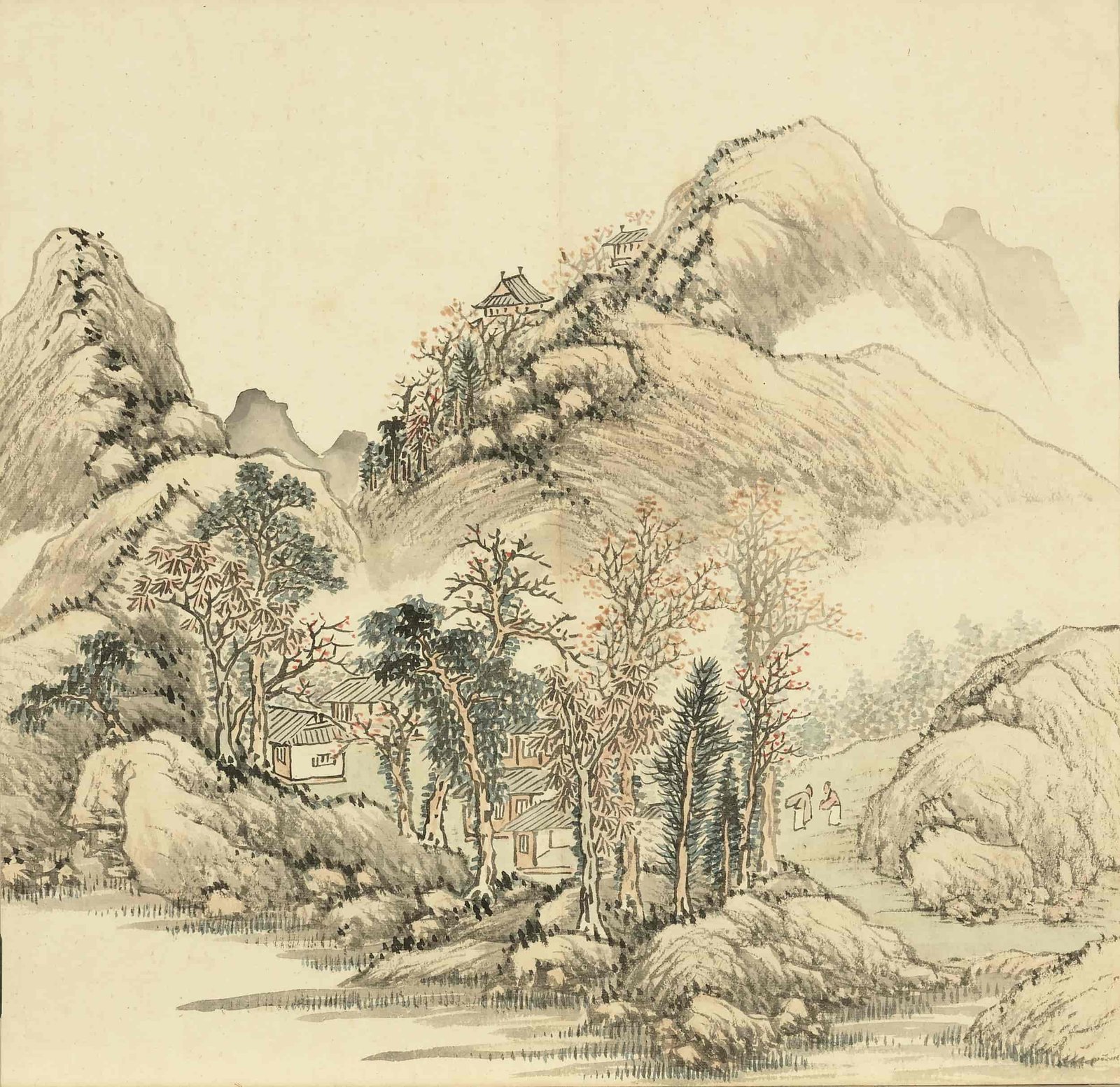
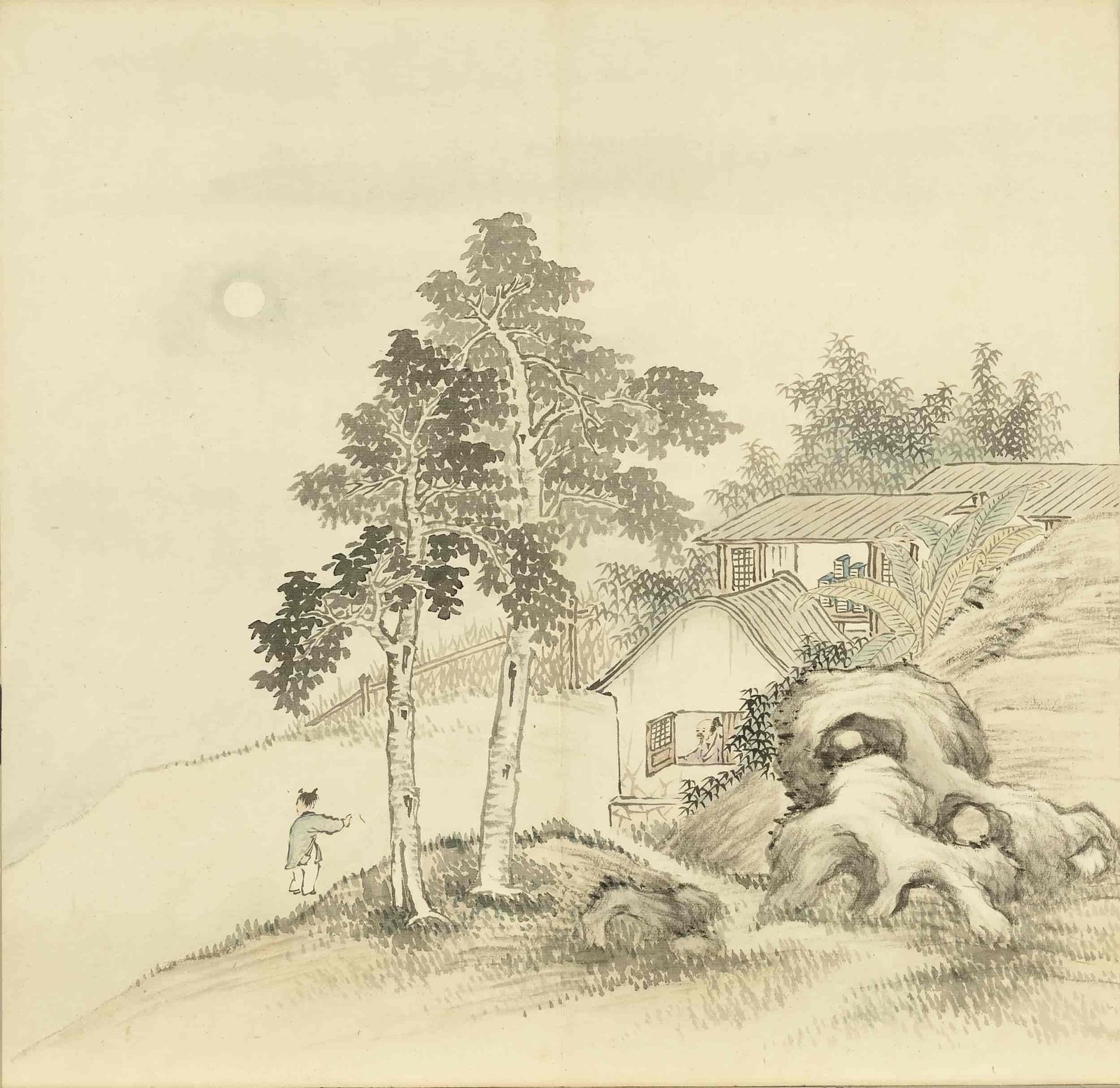
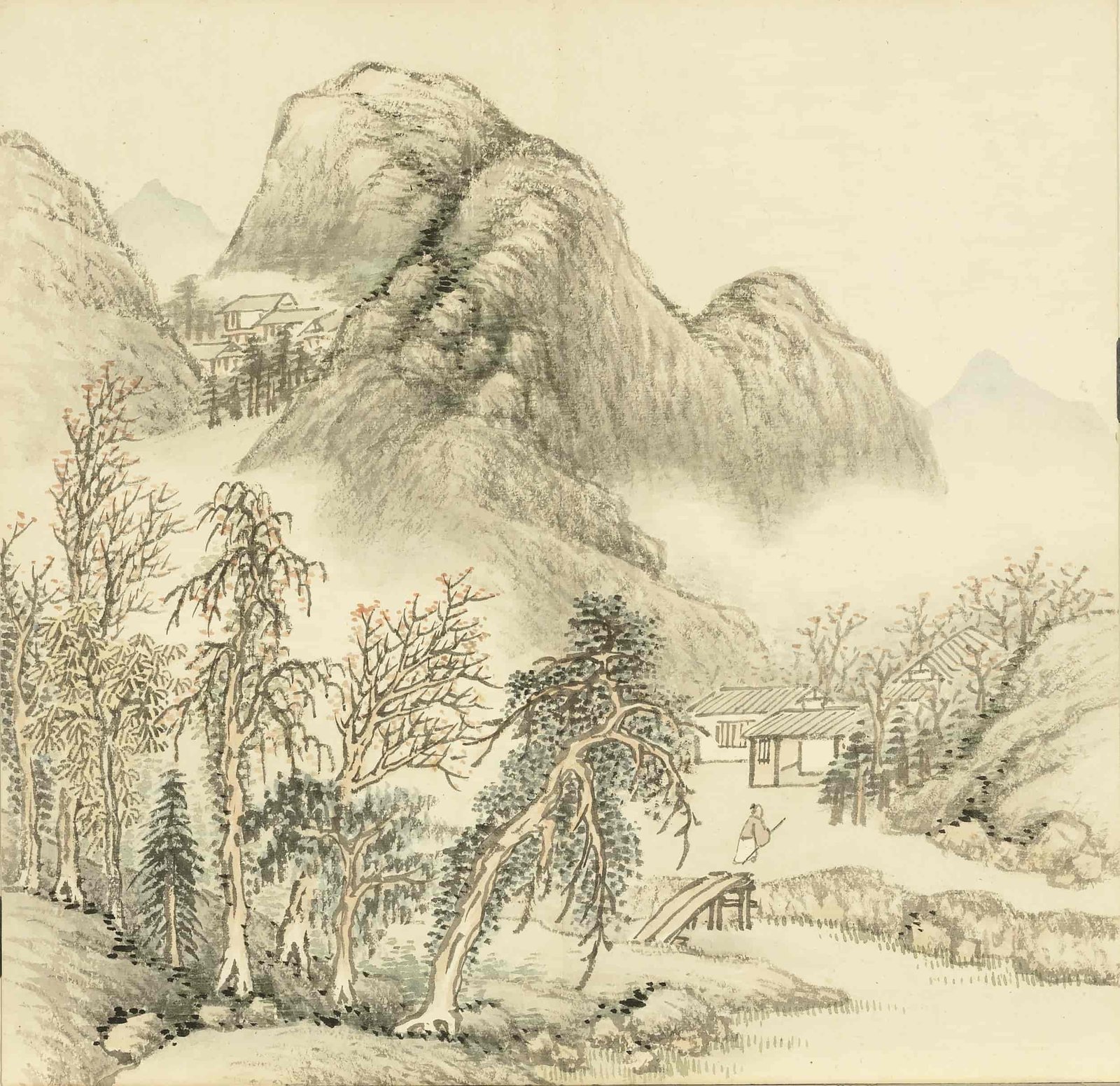
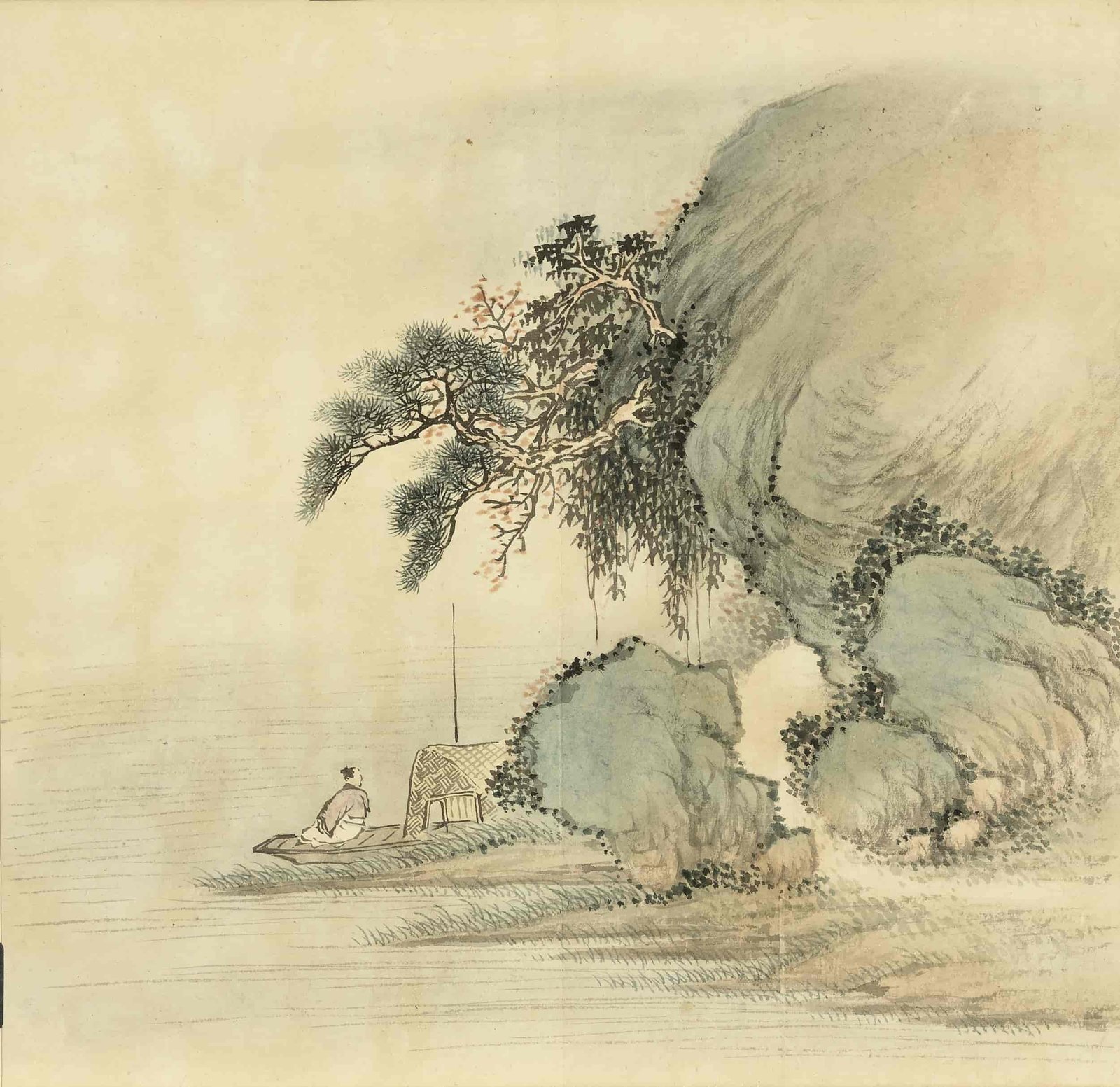
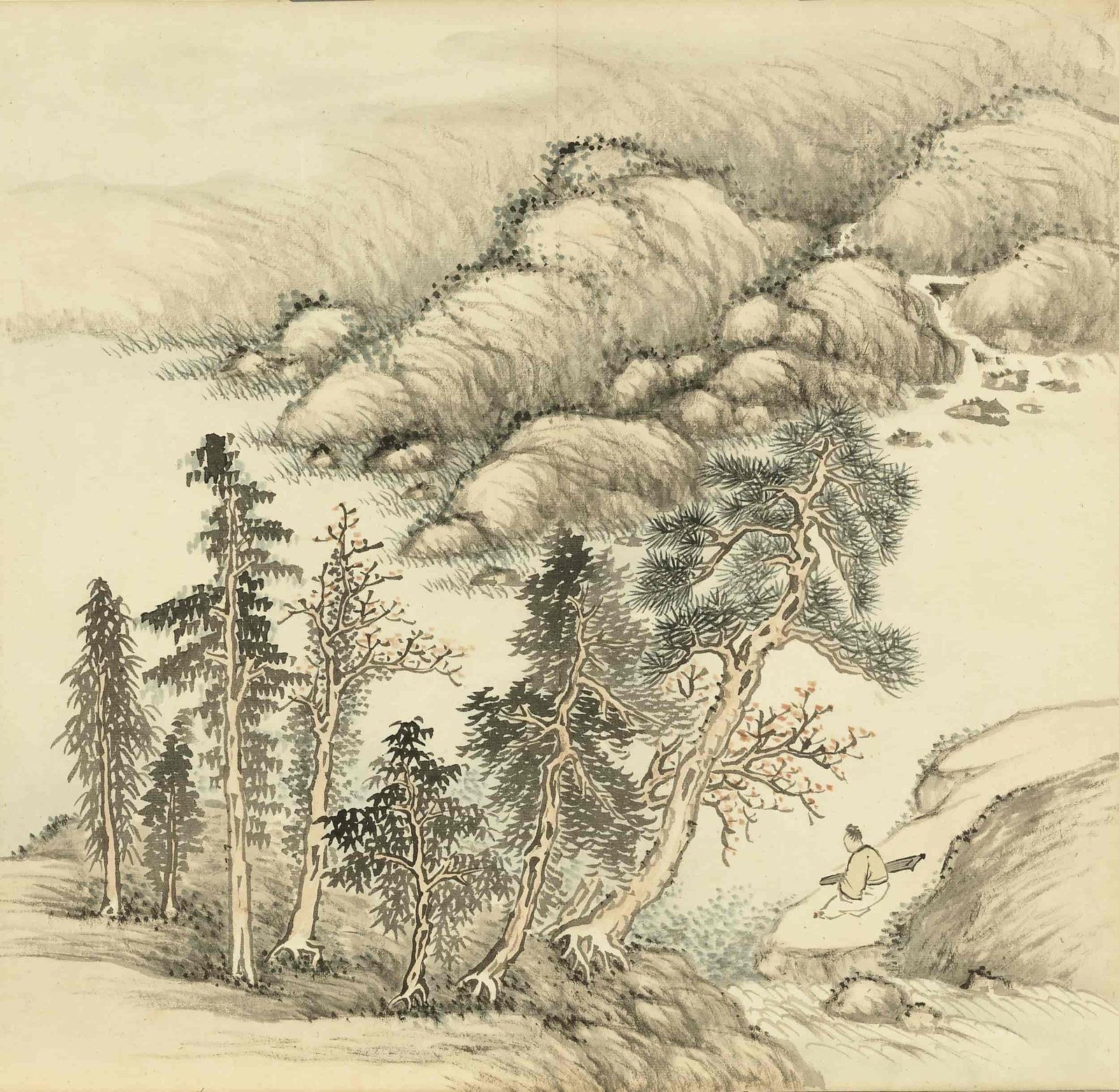
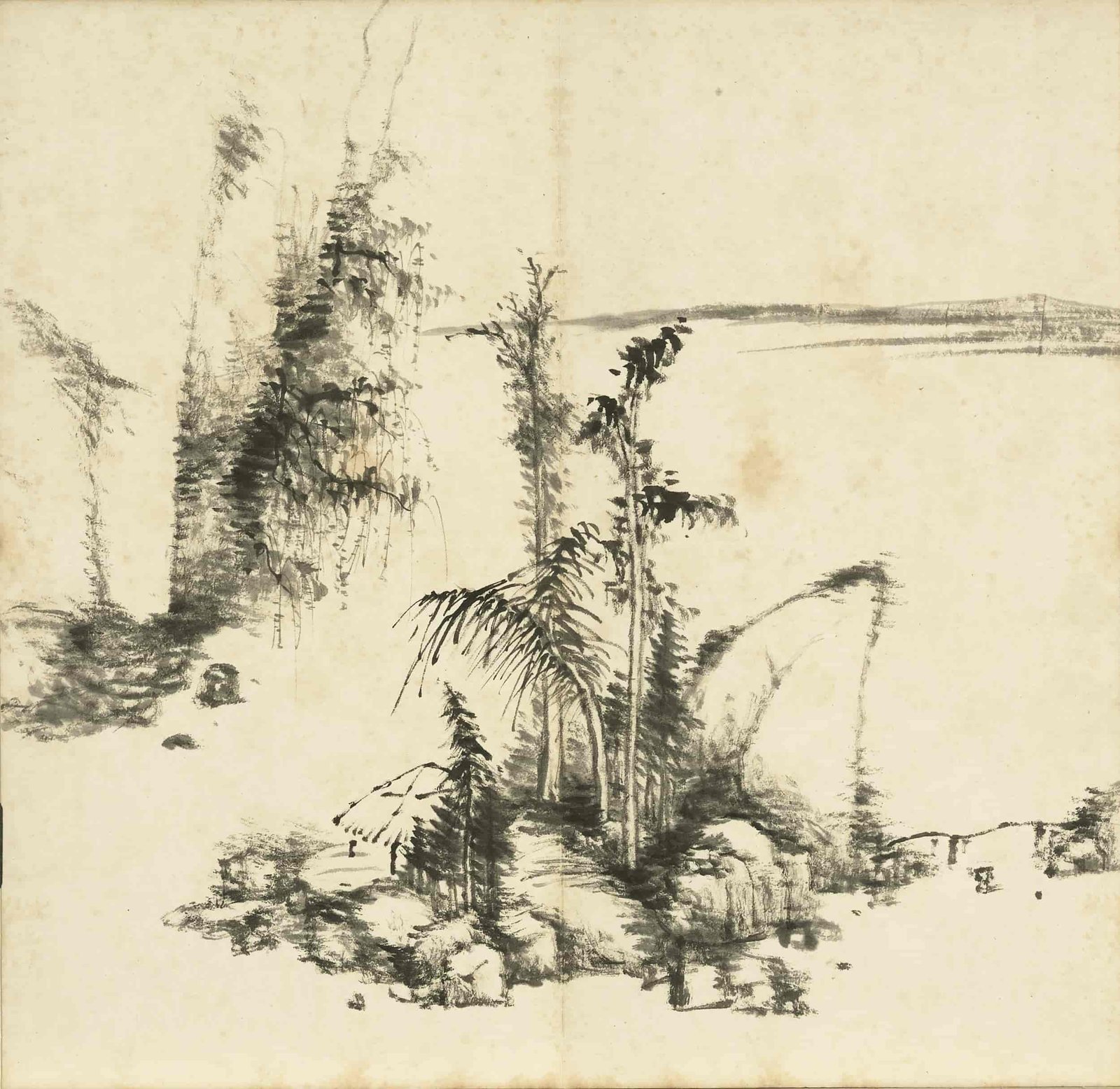
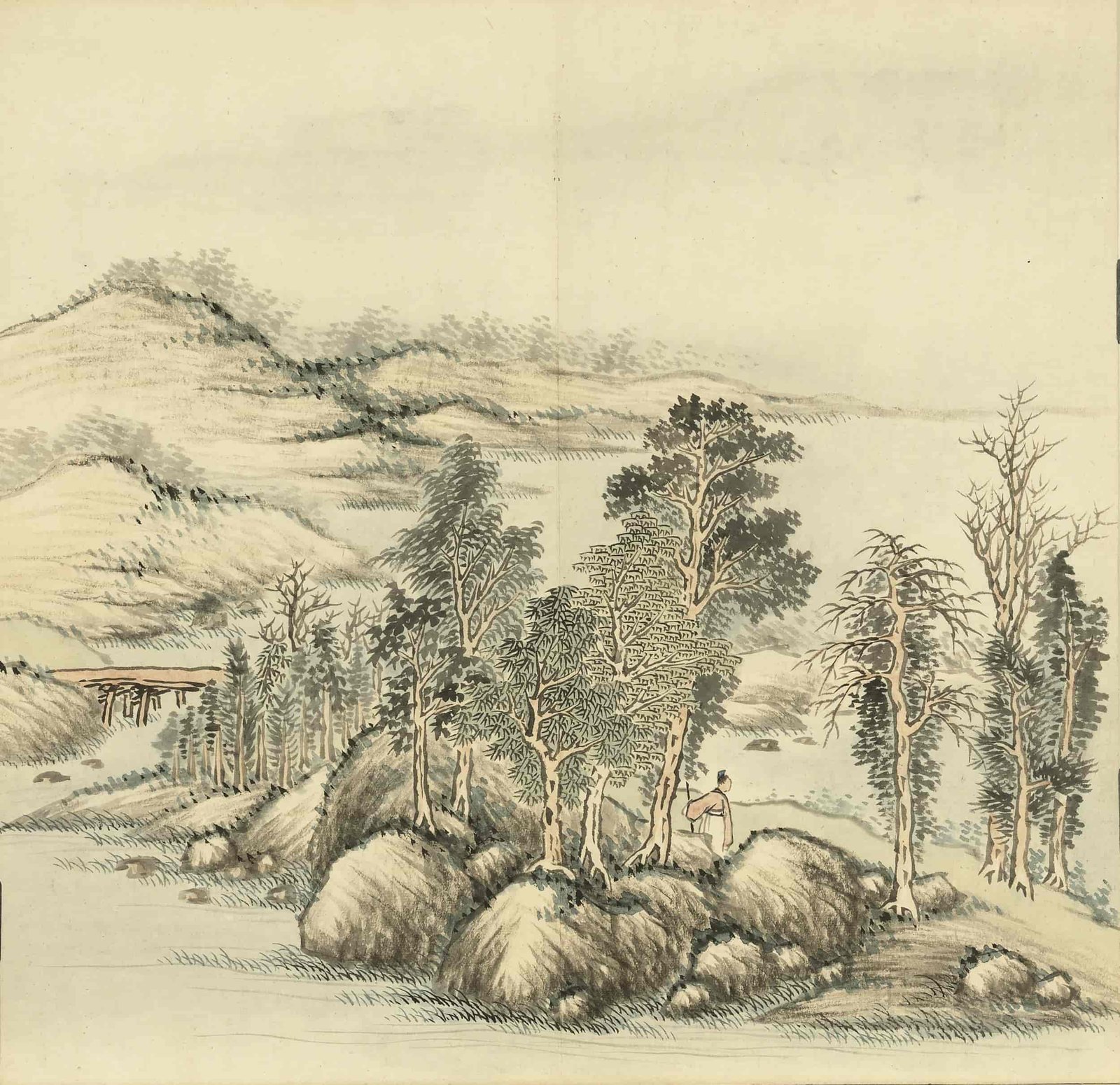
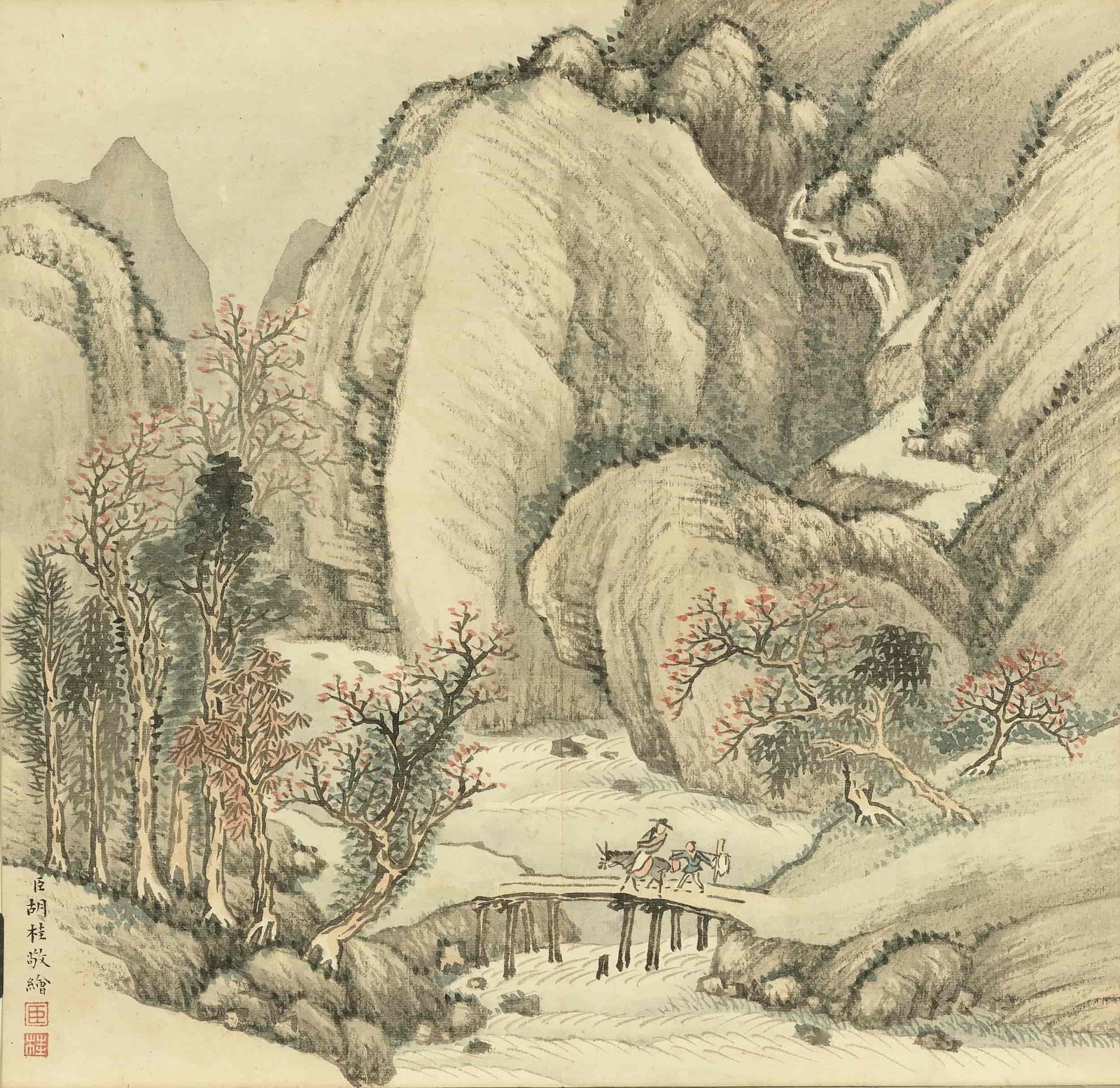
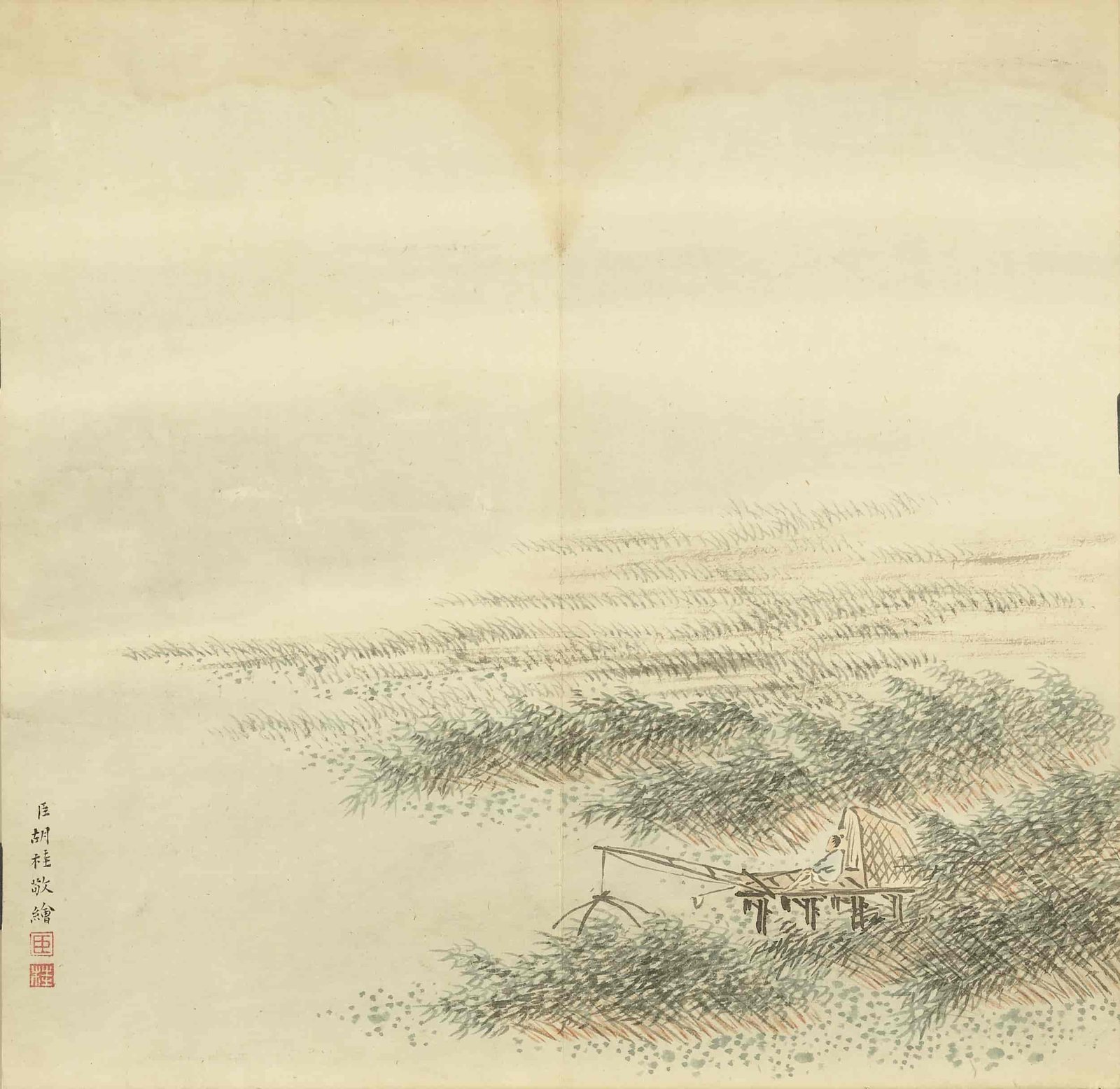
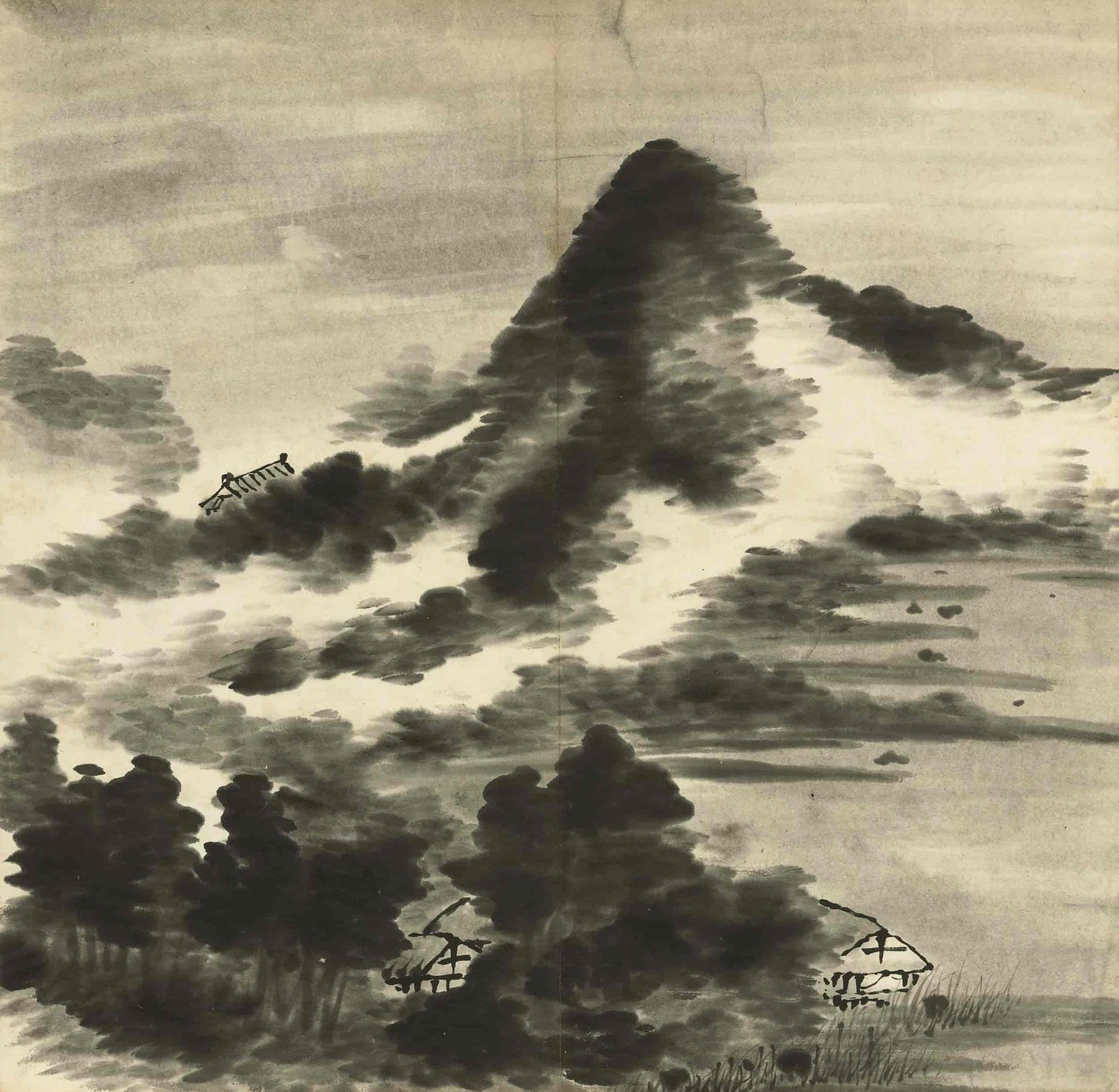
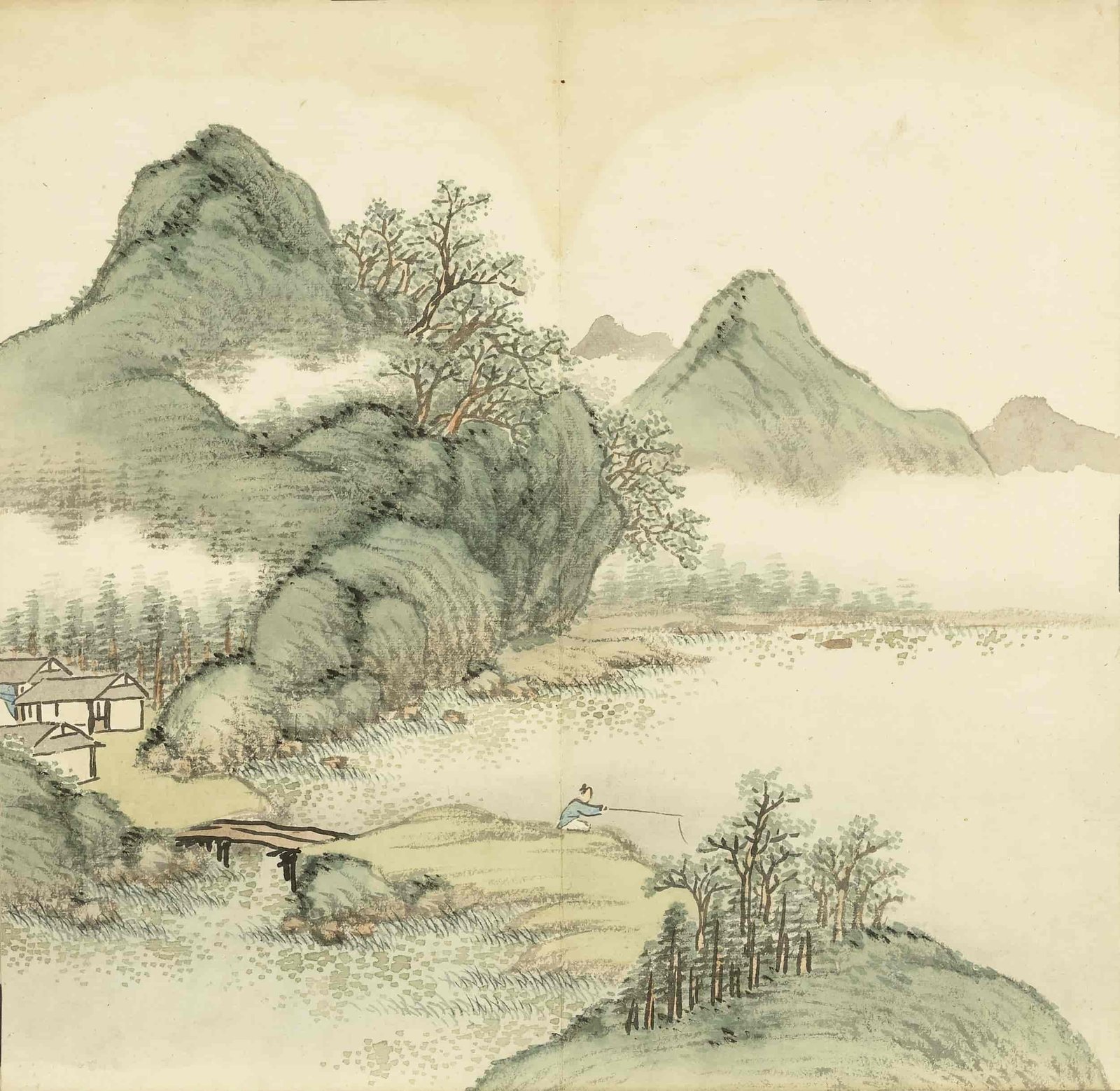
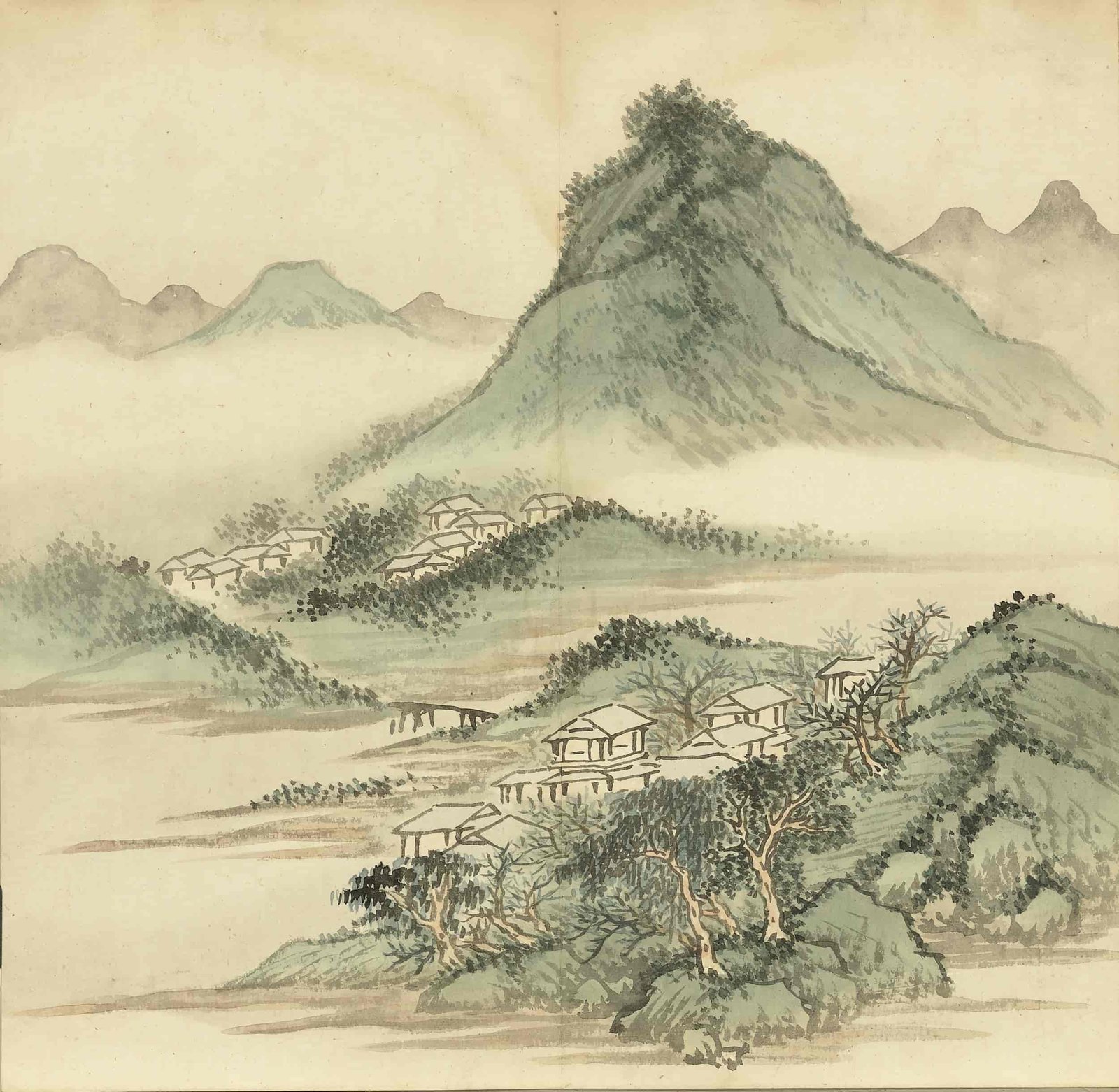
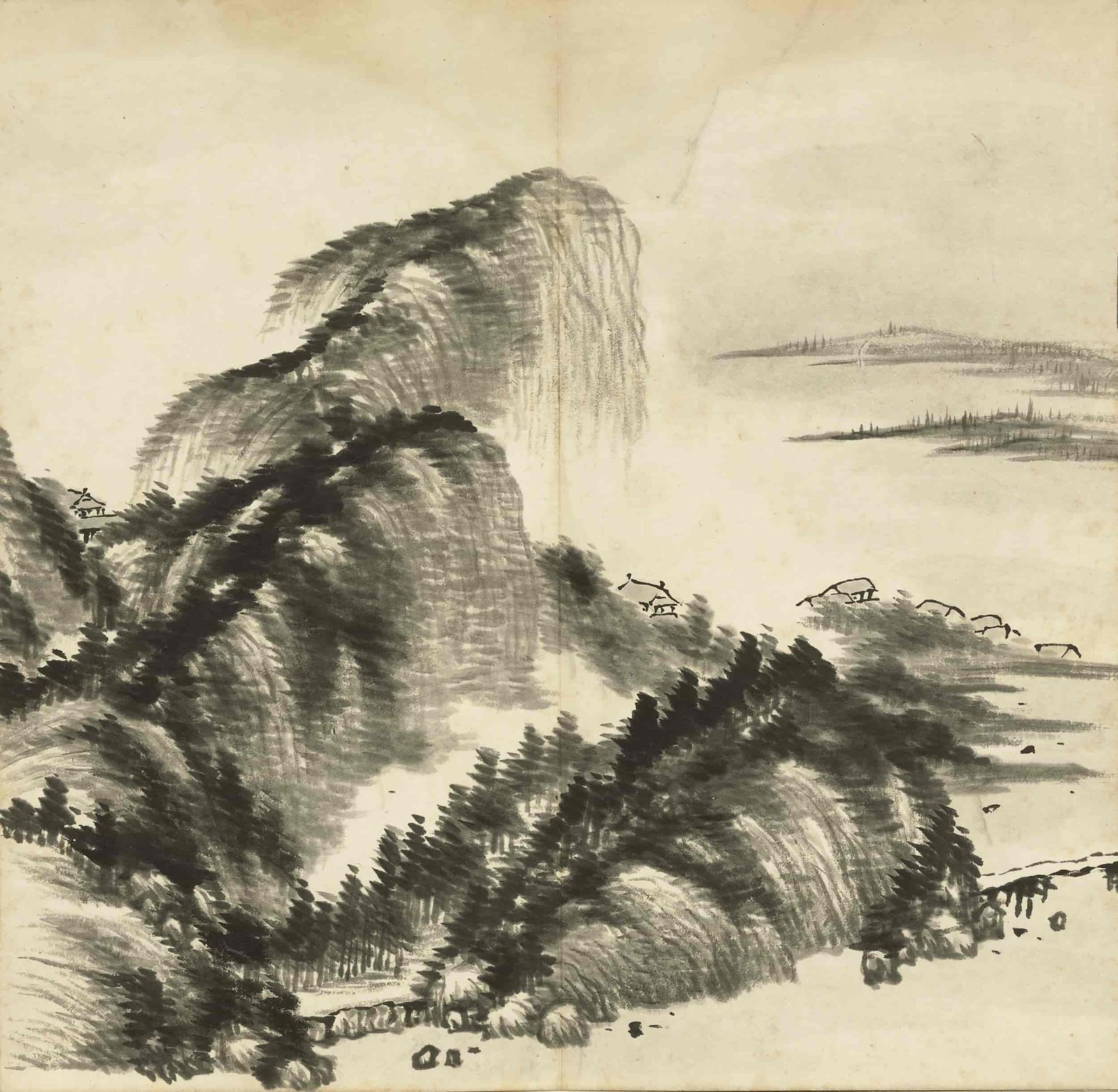

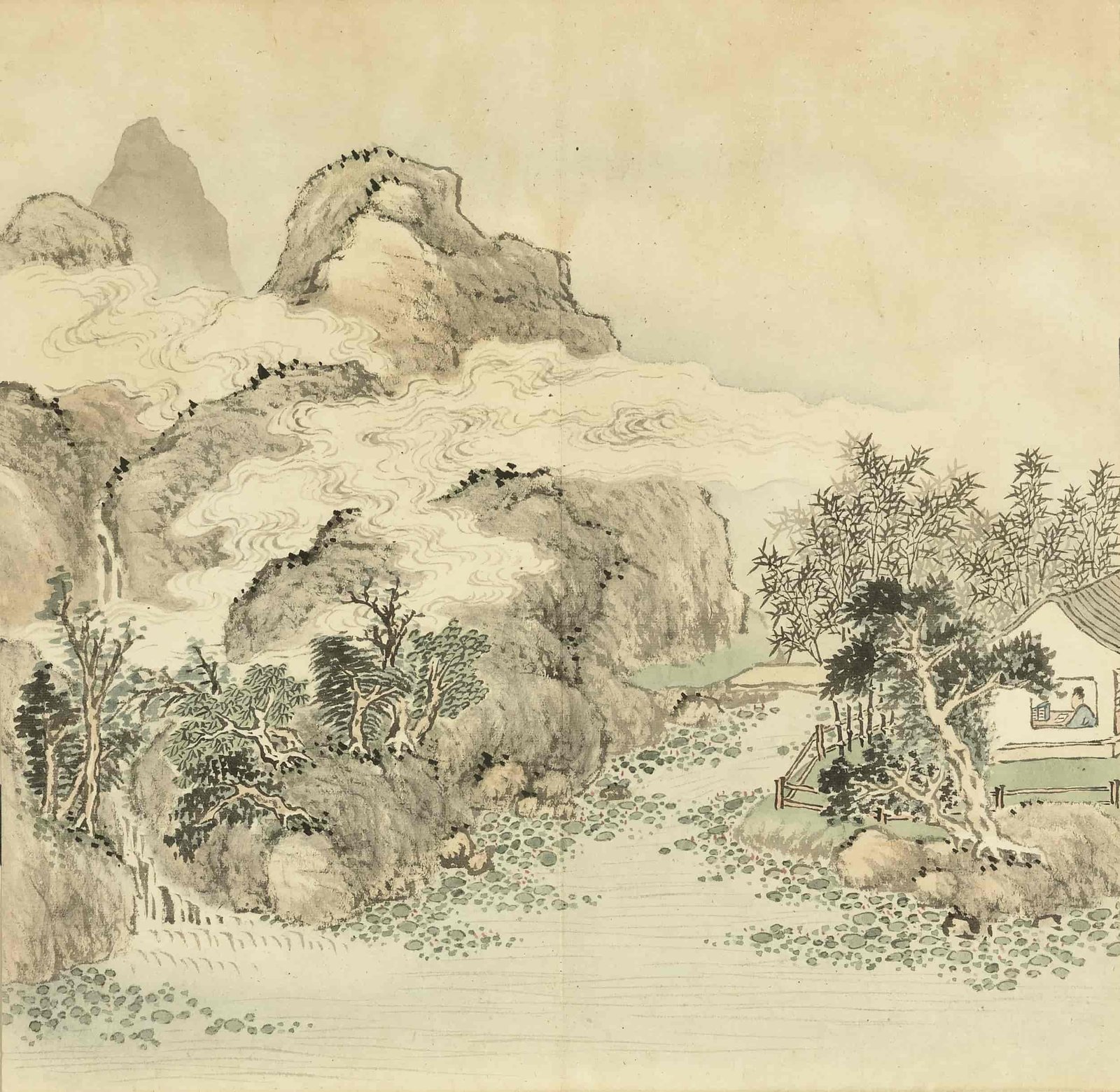
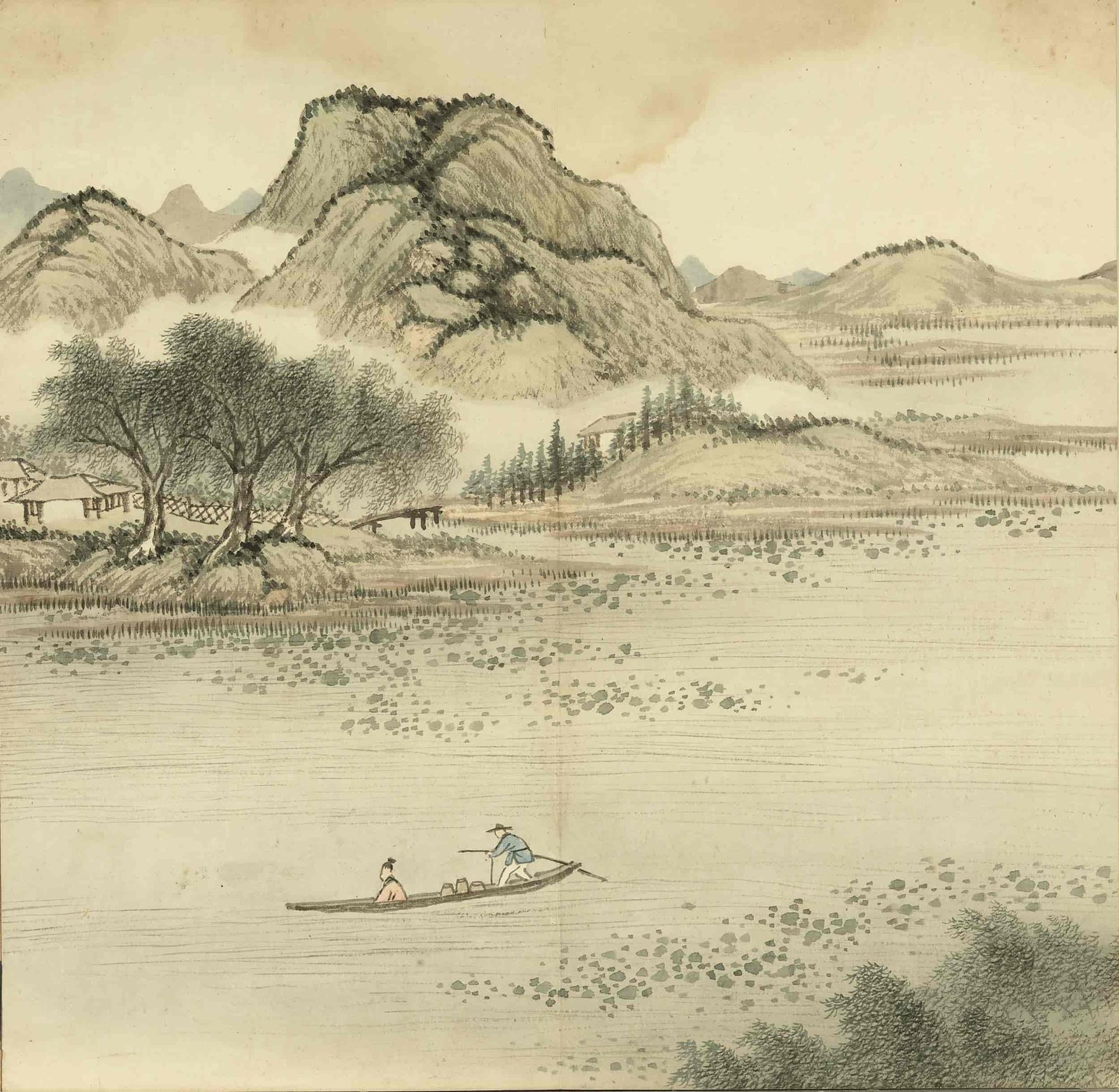
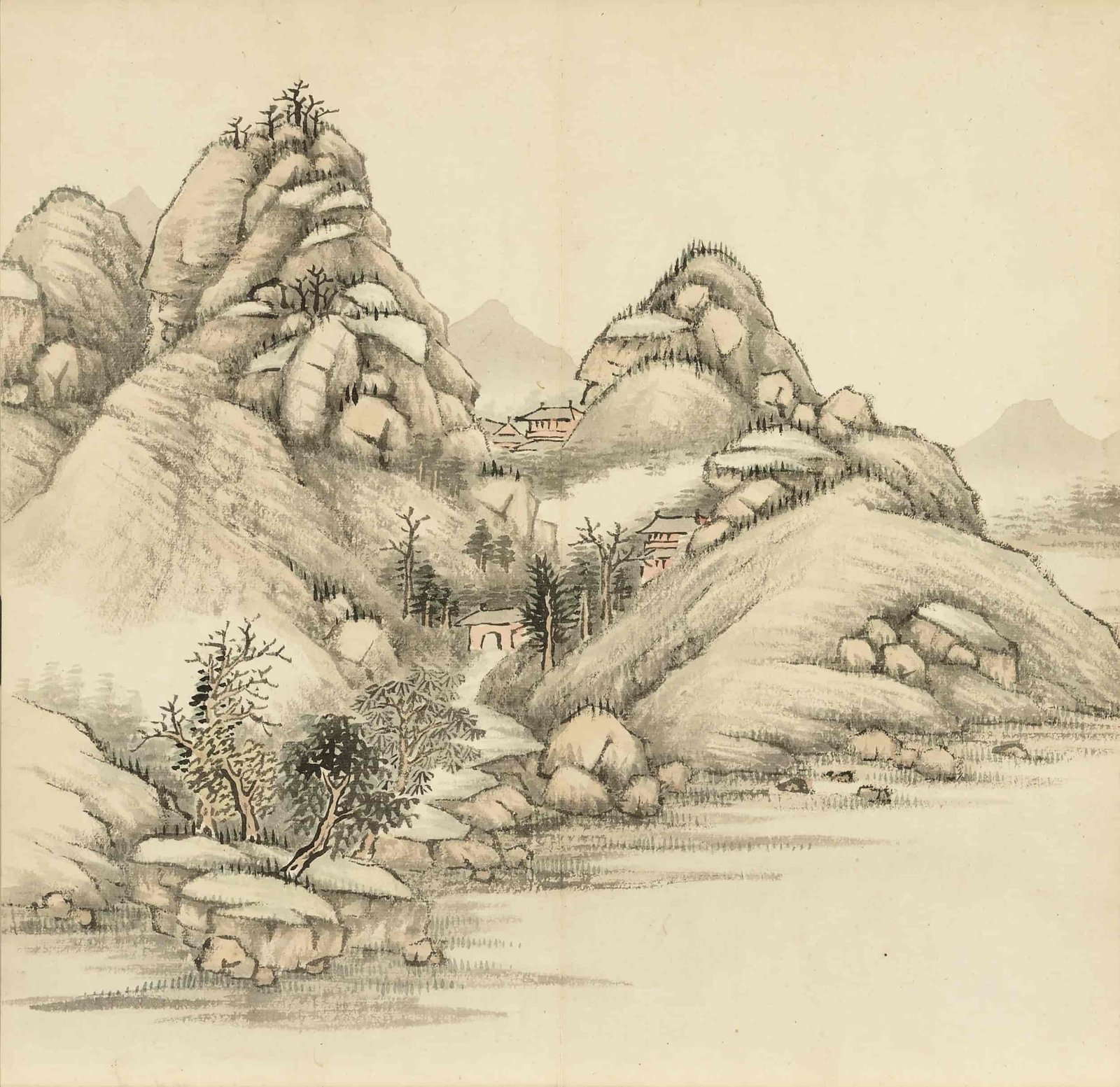
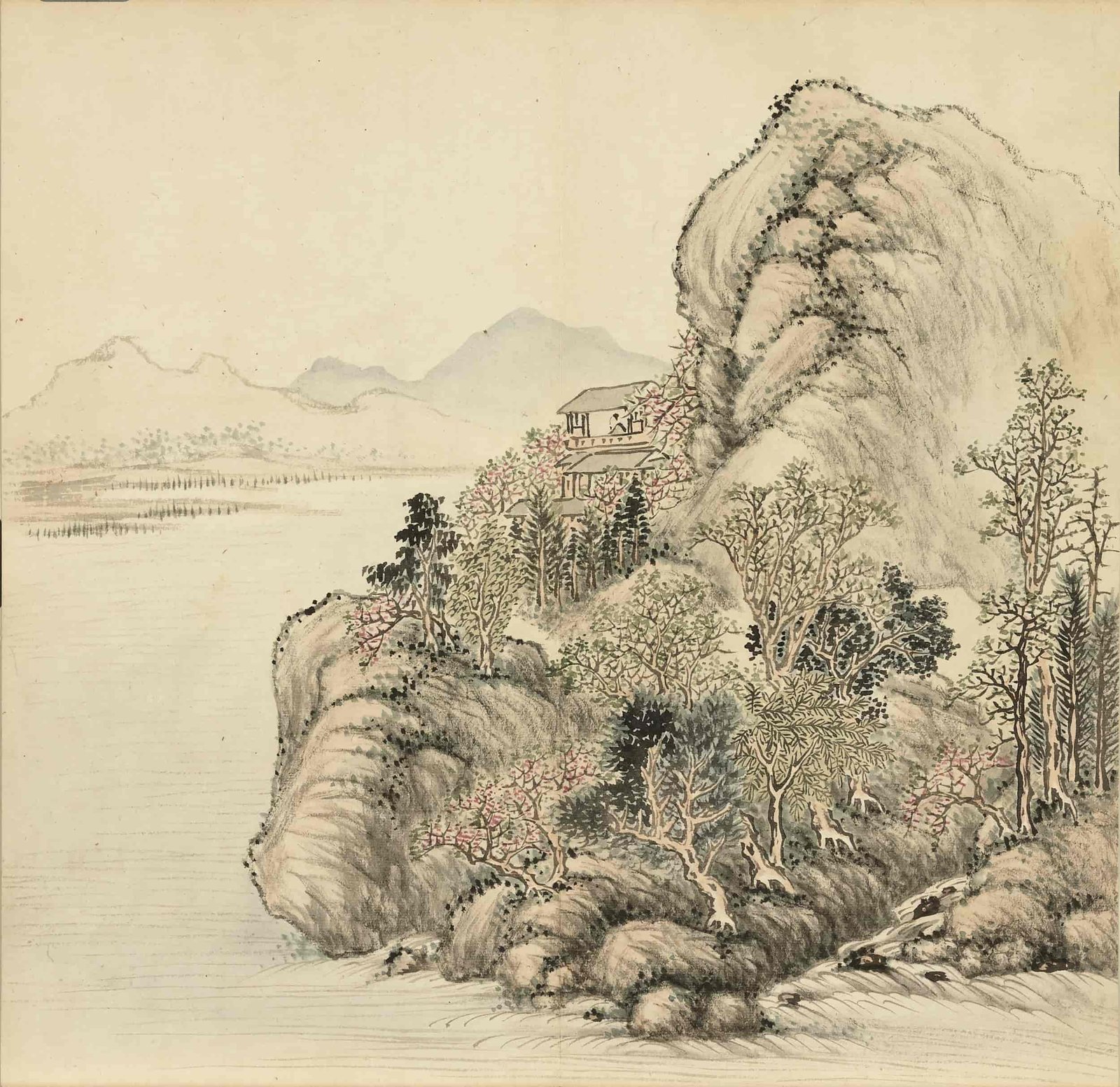
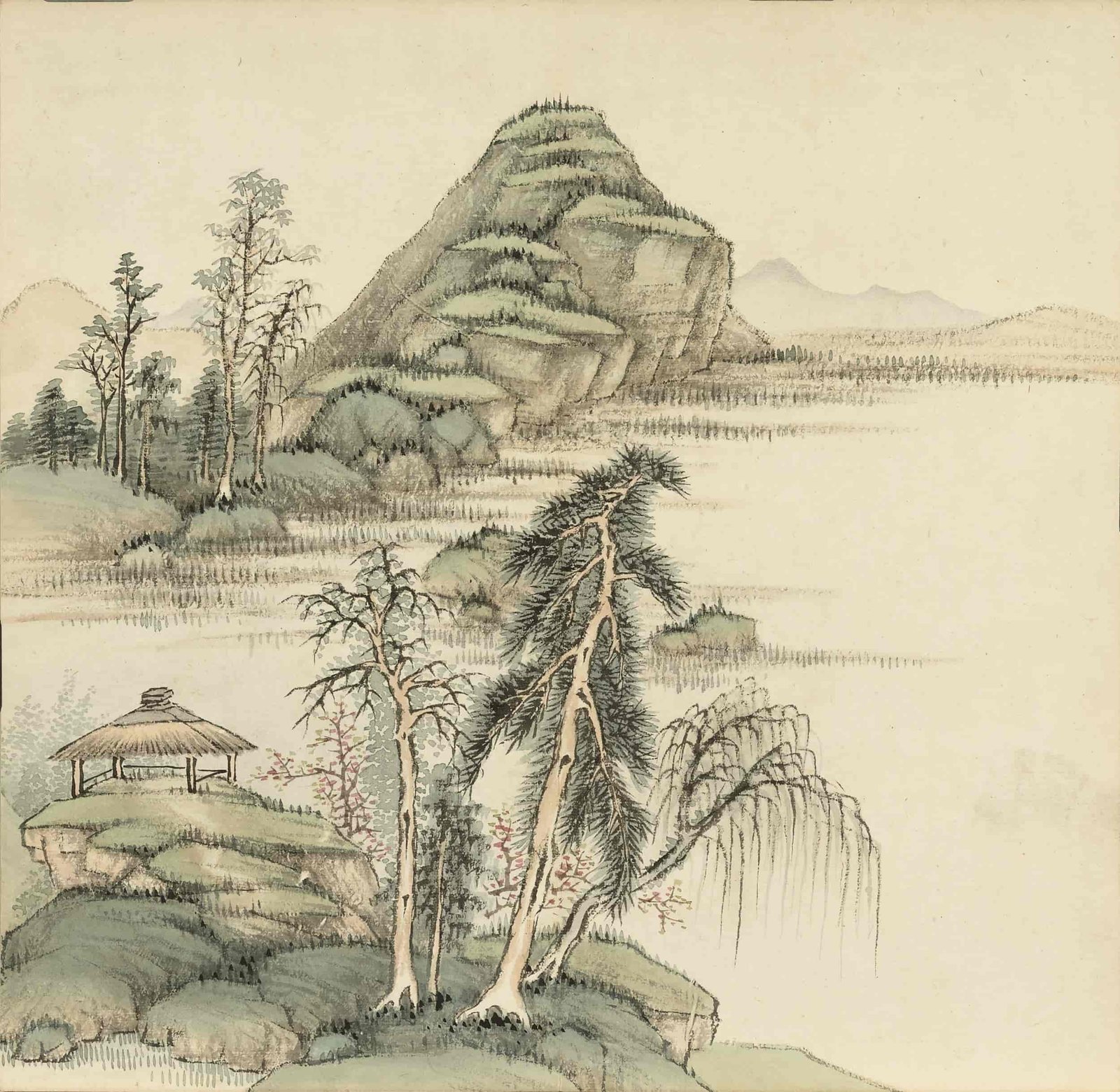
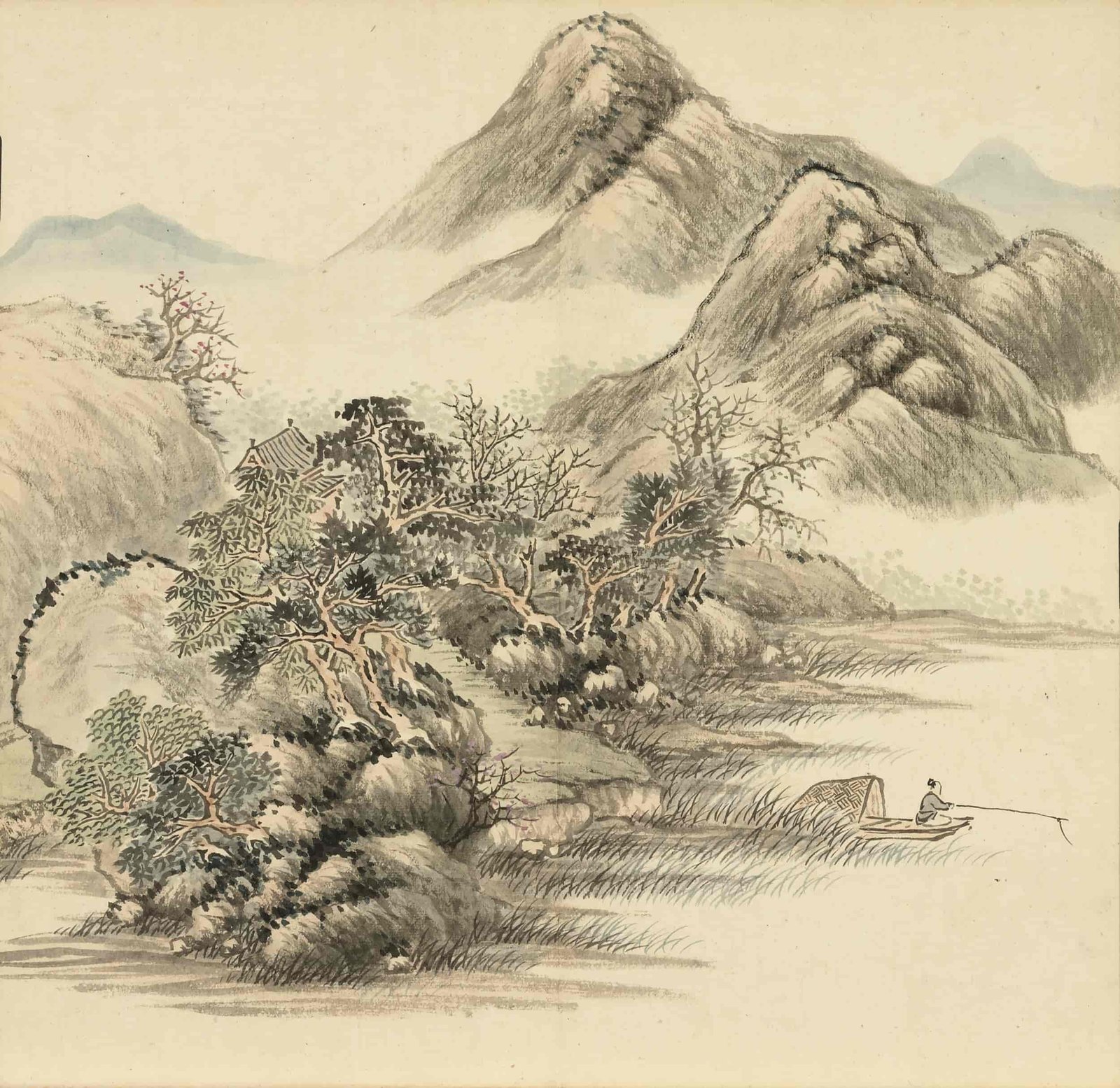
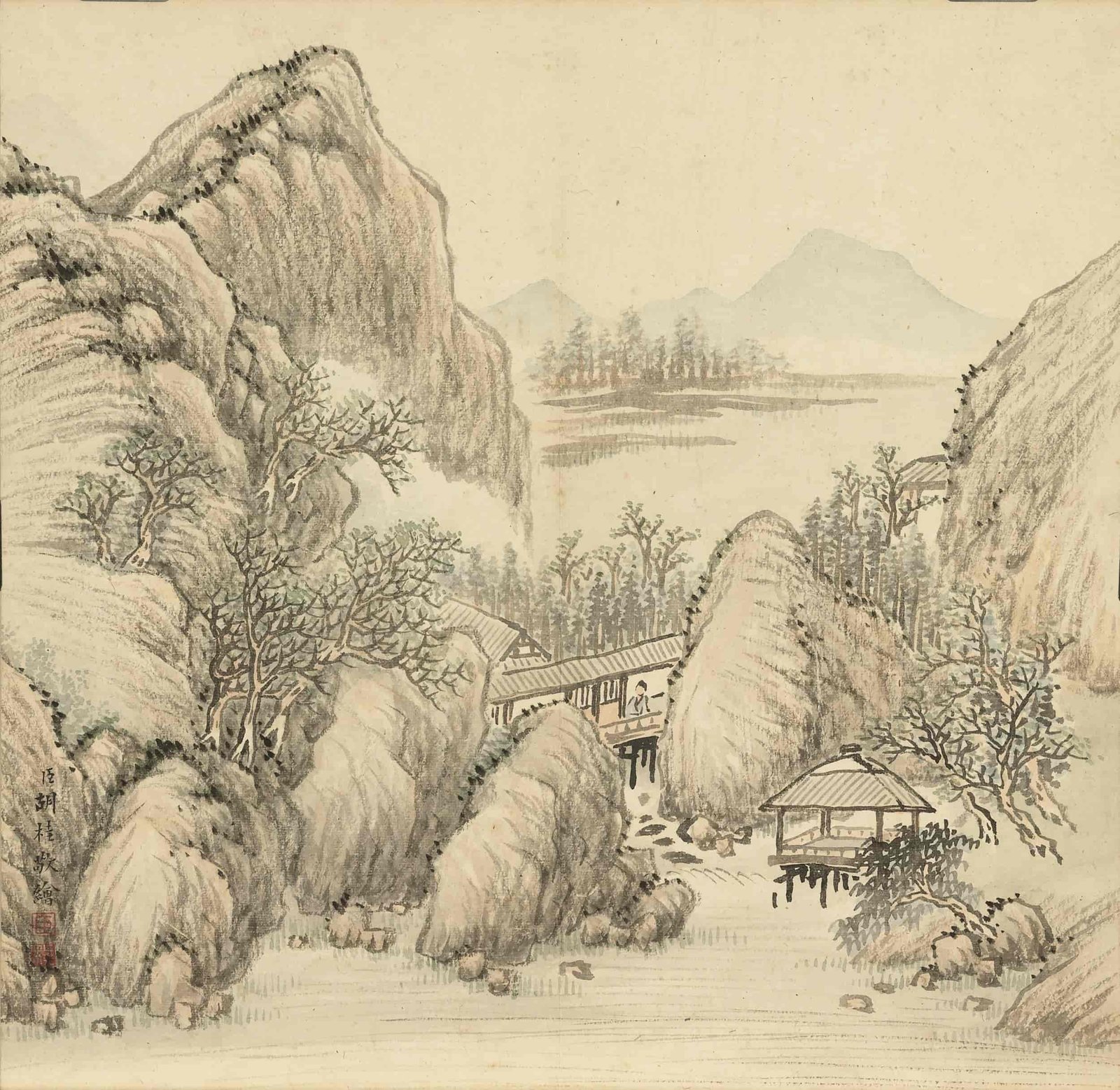
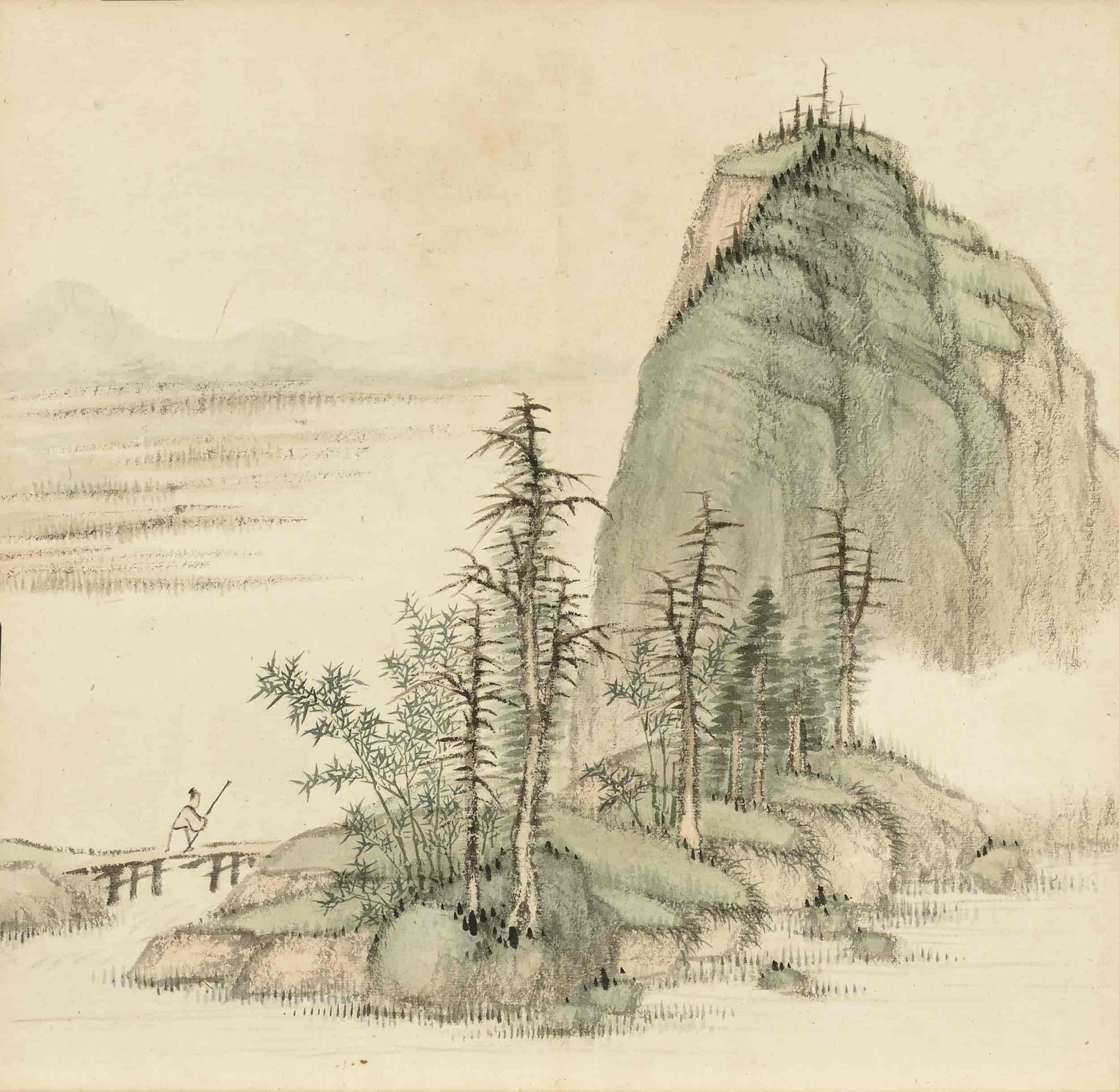
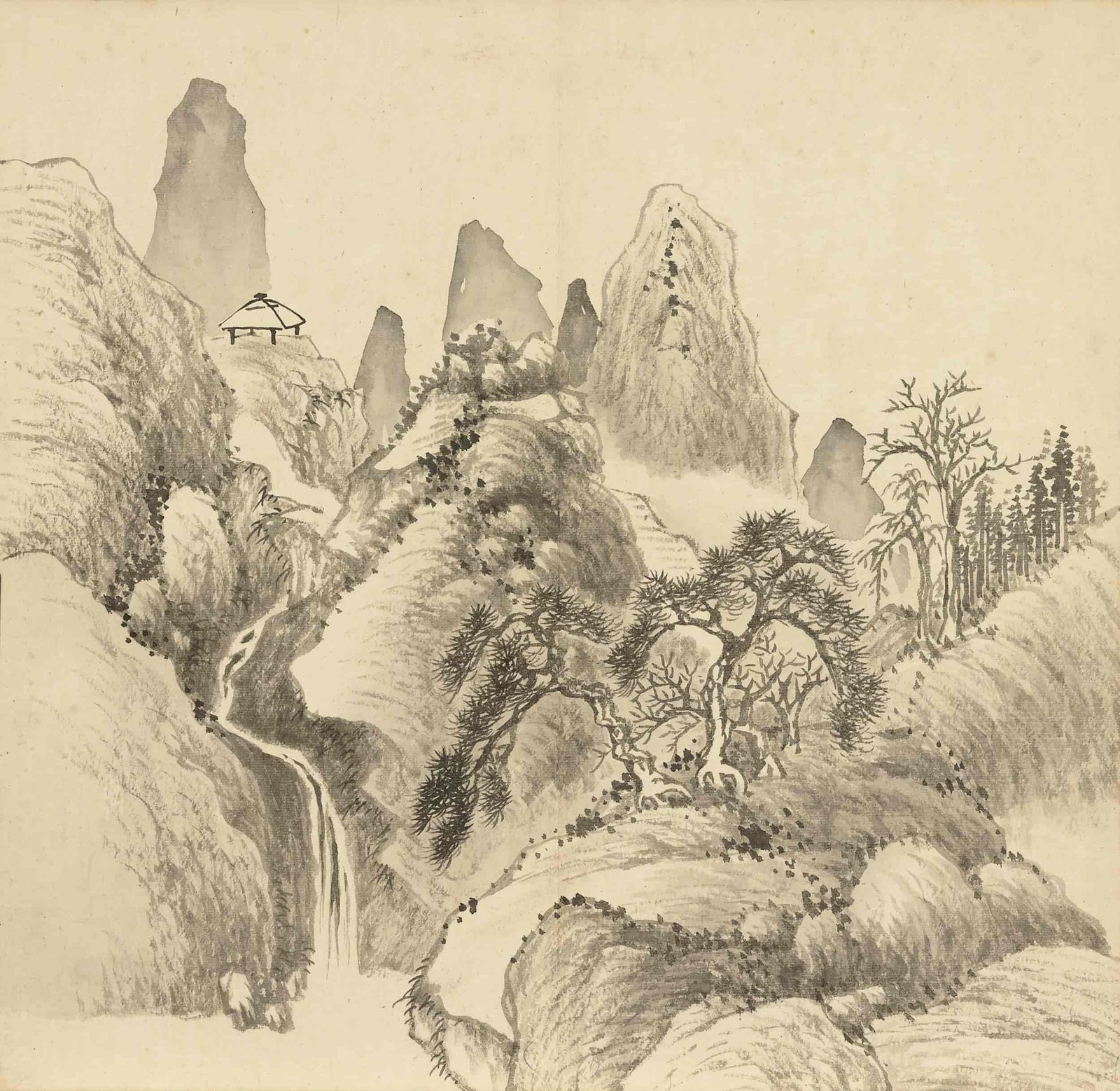
评价
目前还没有评价